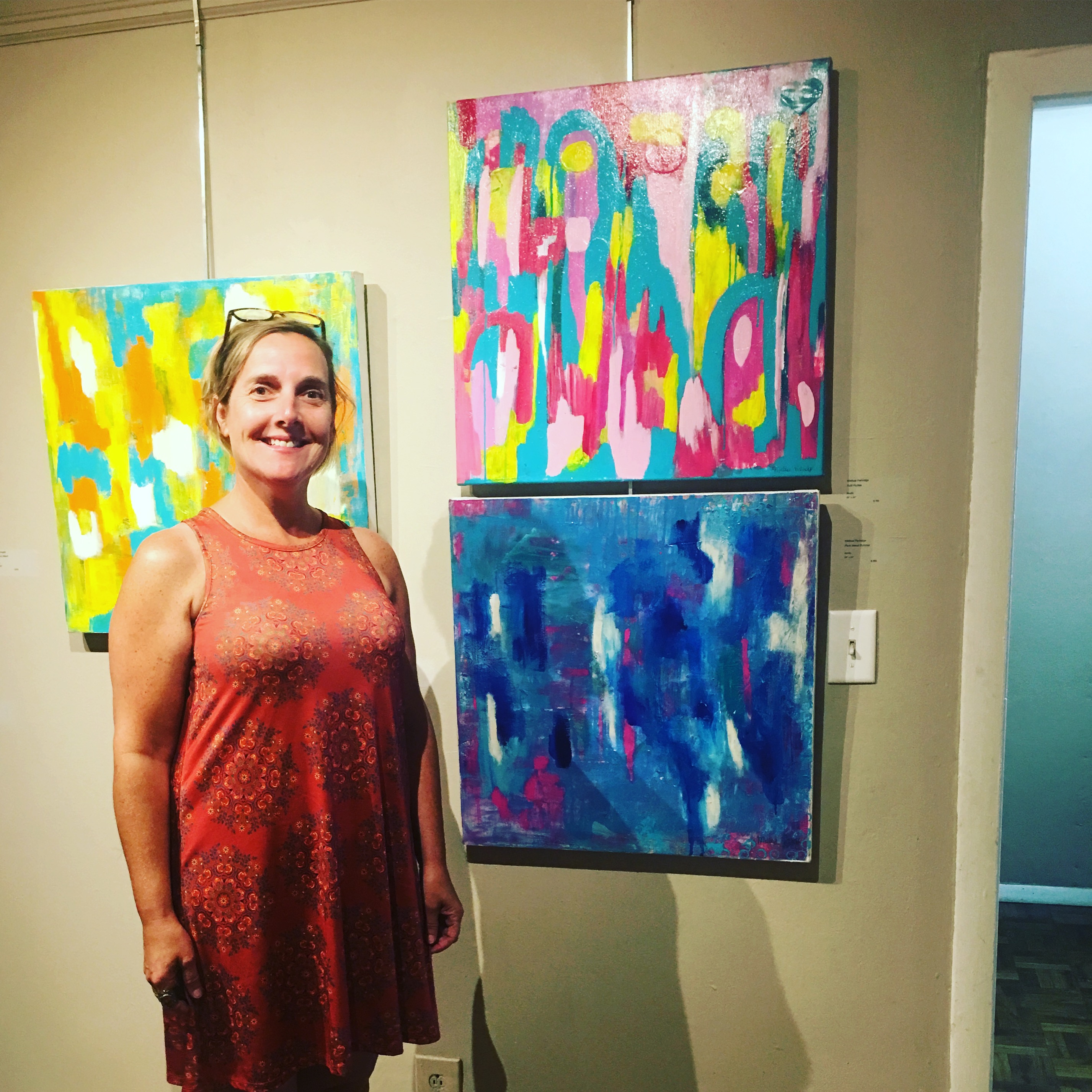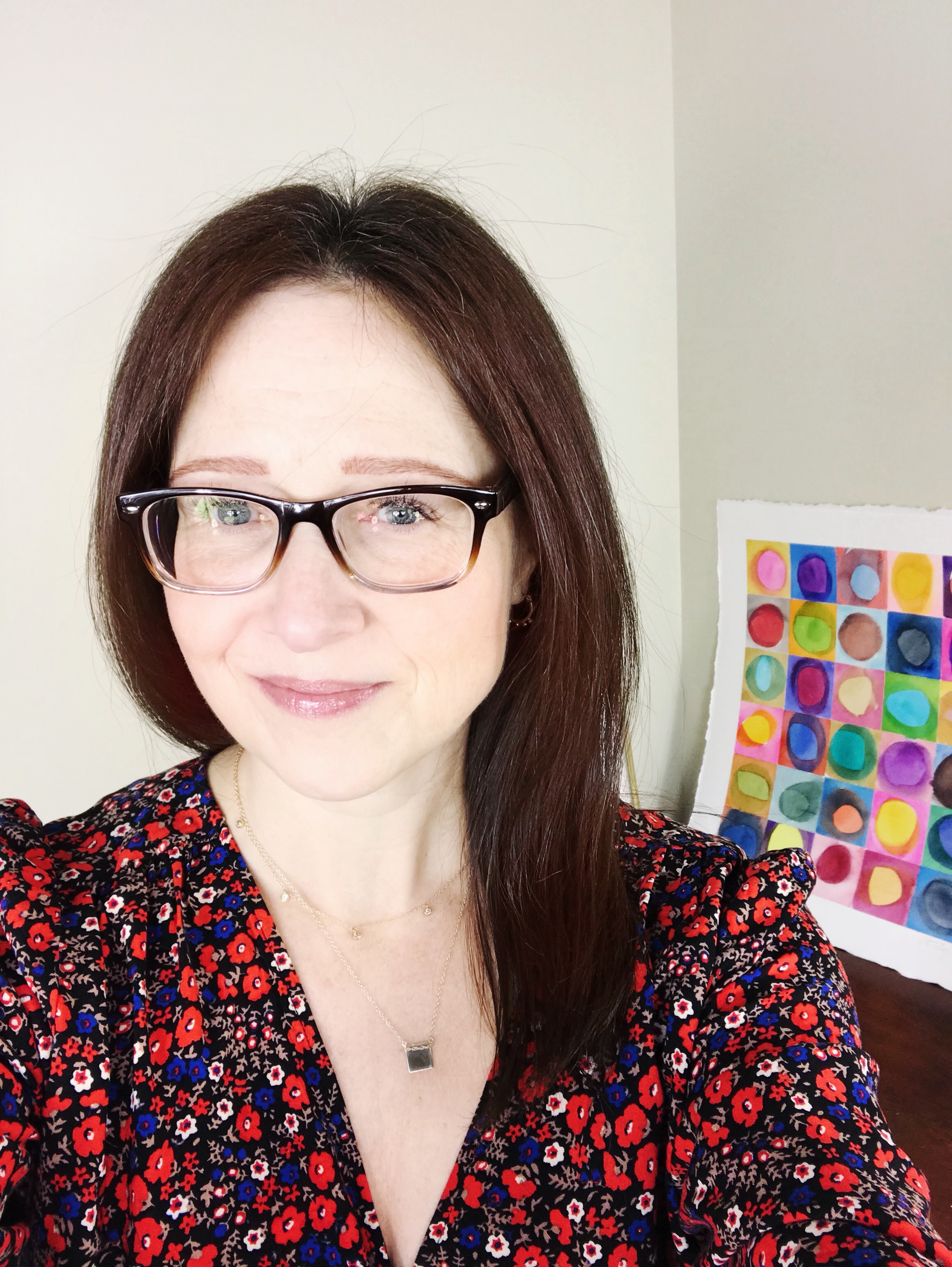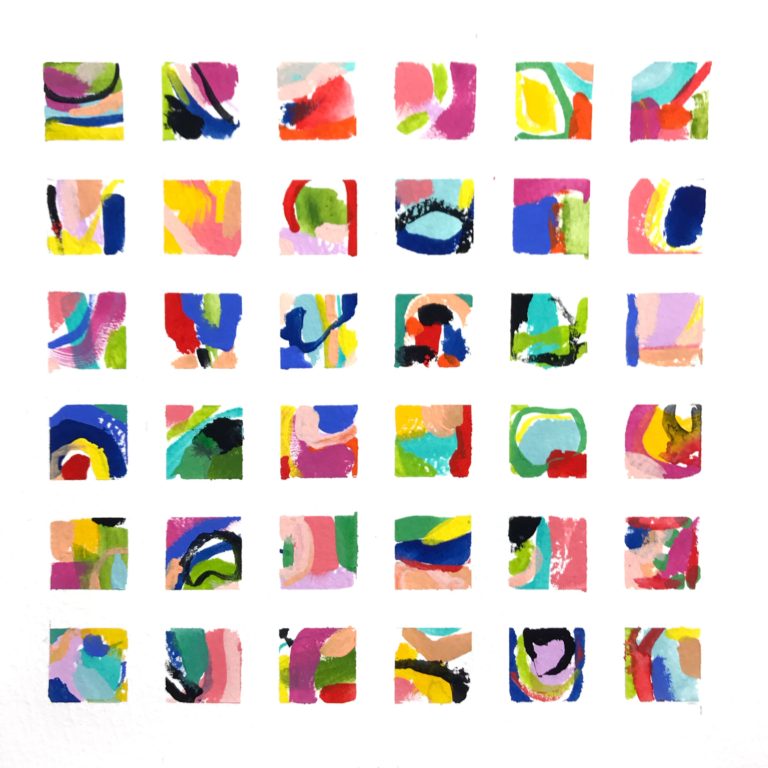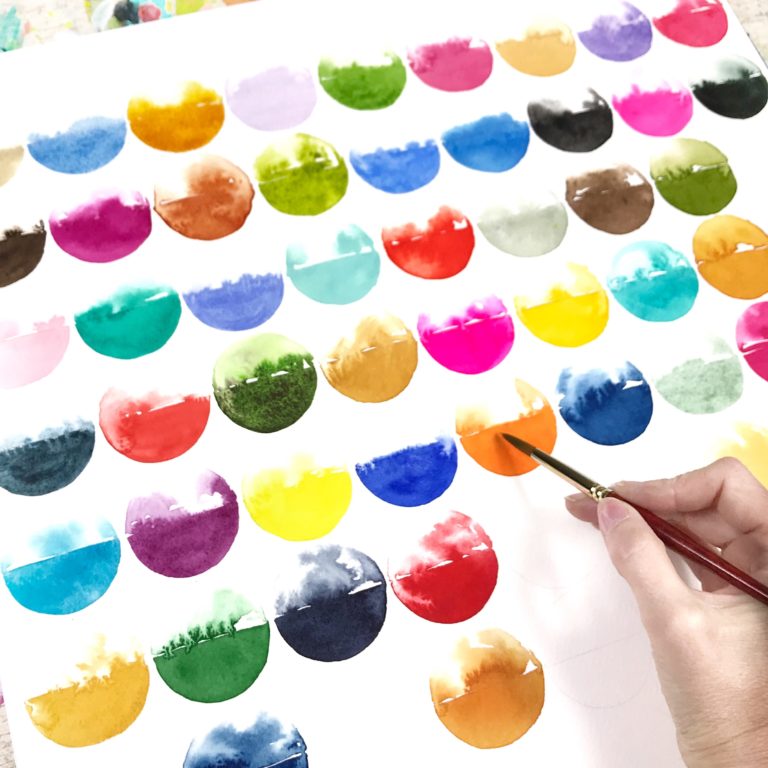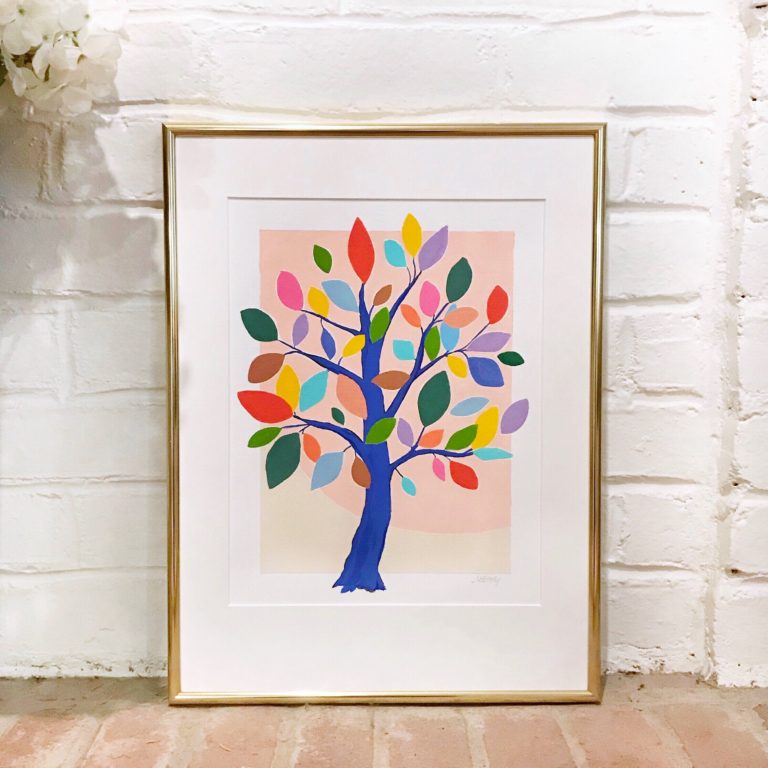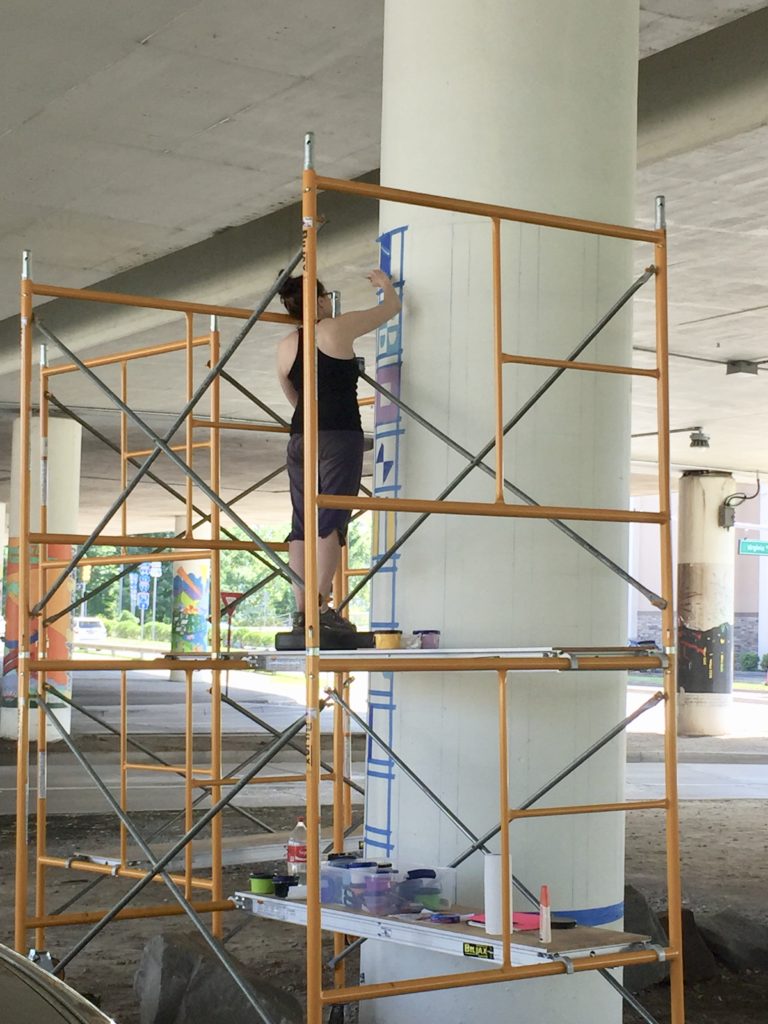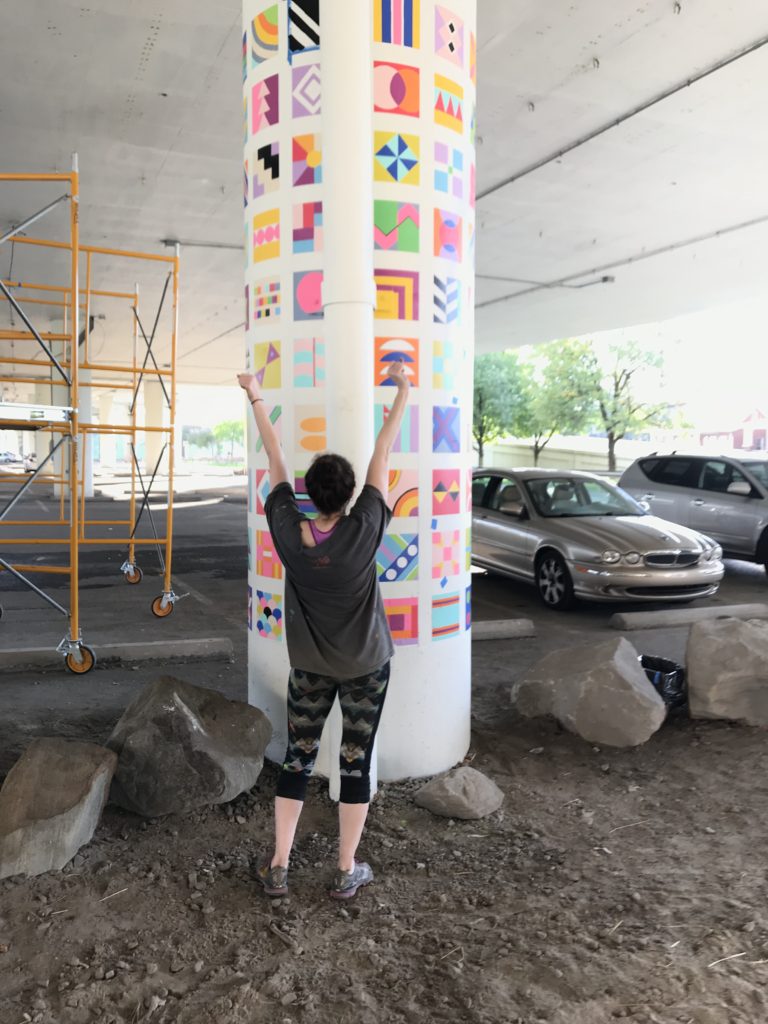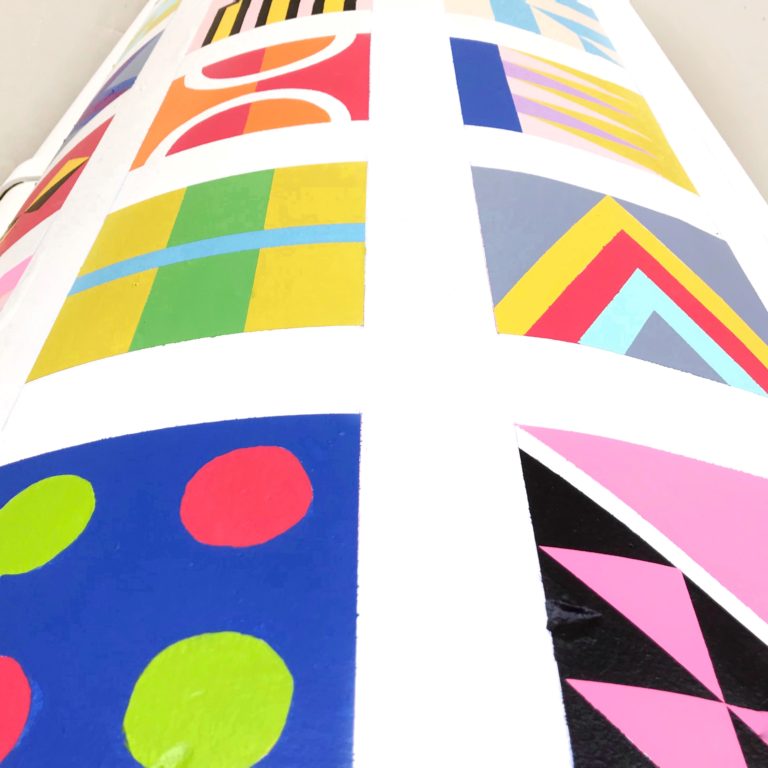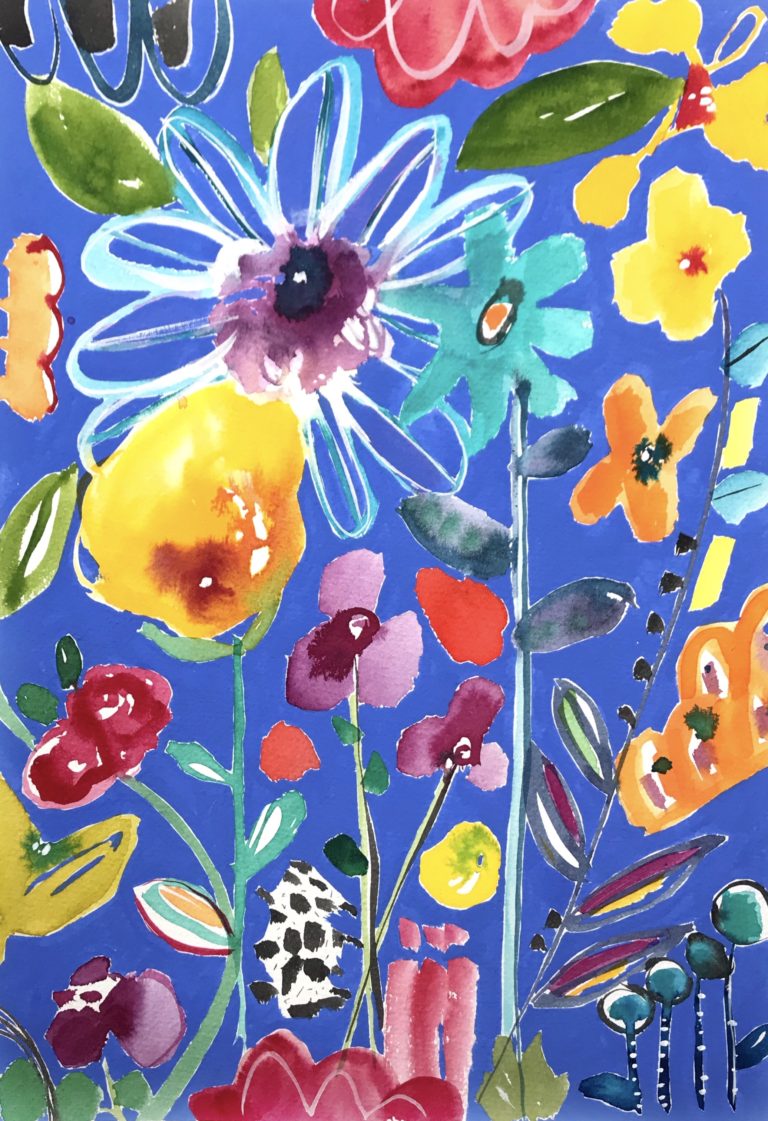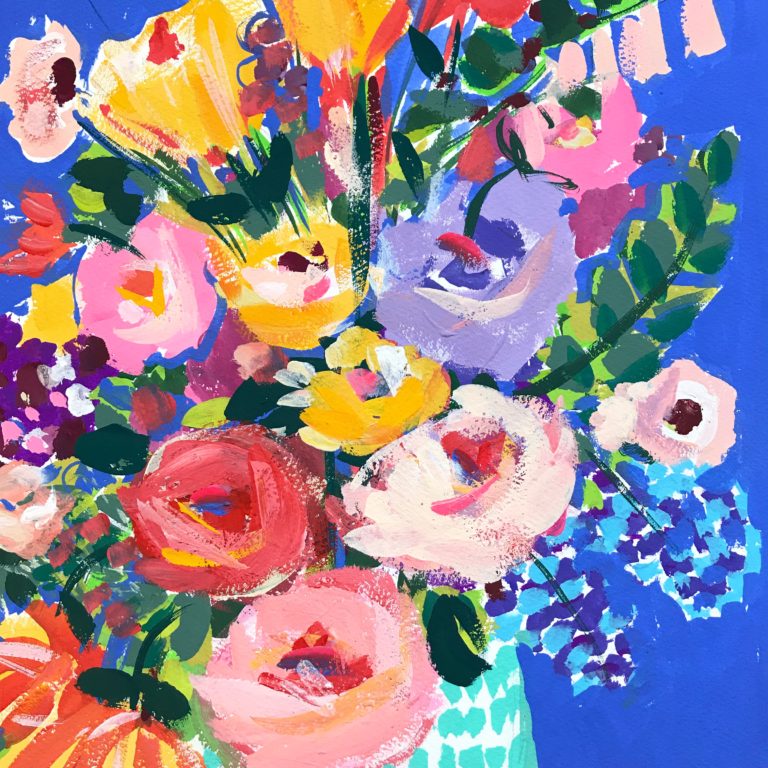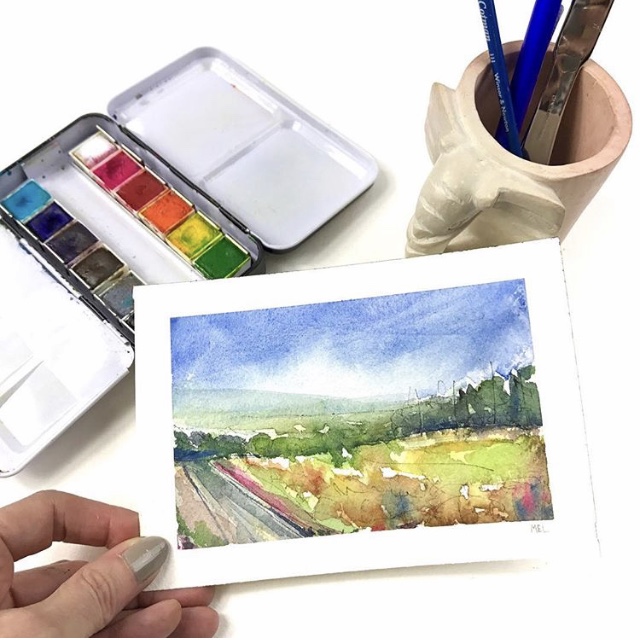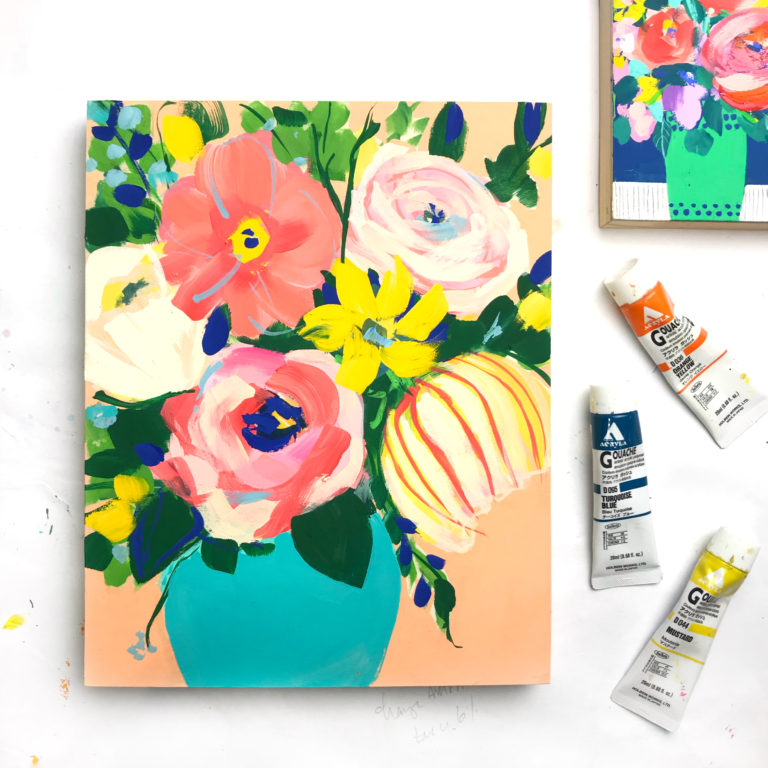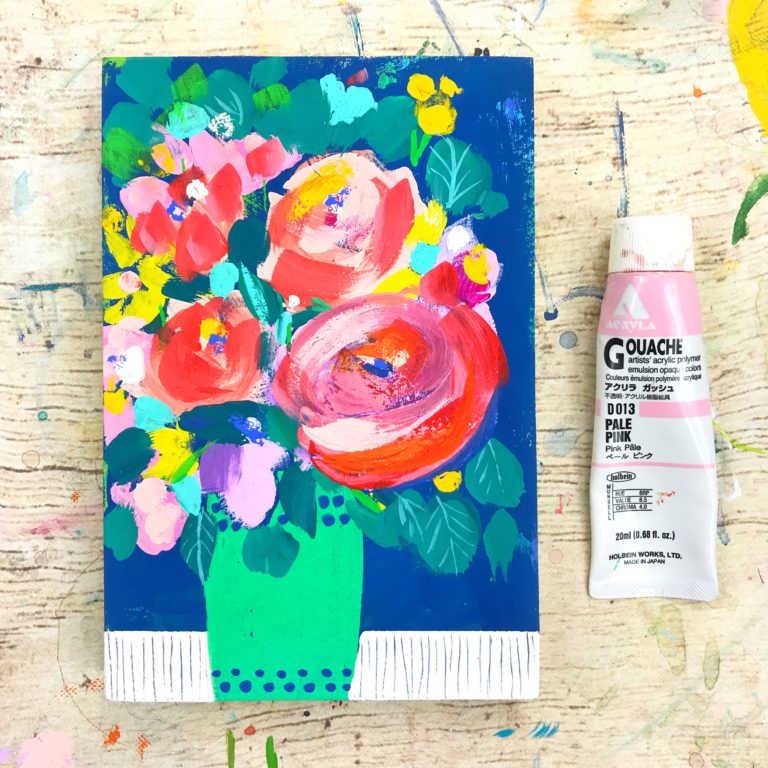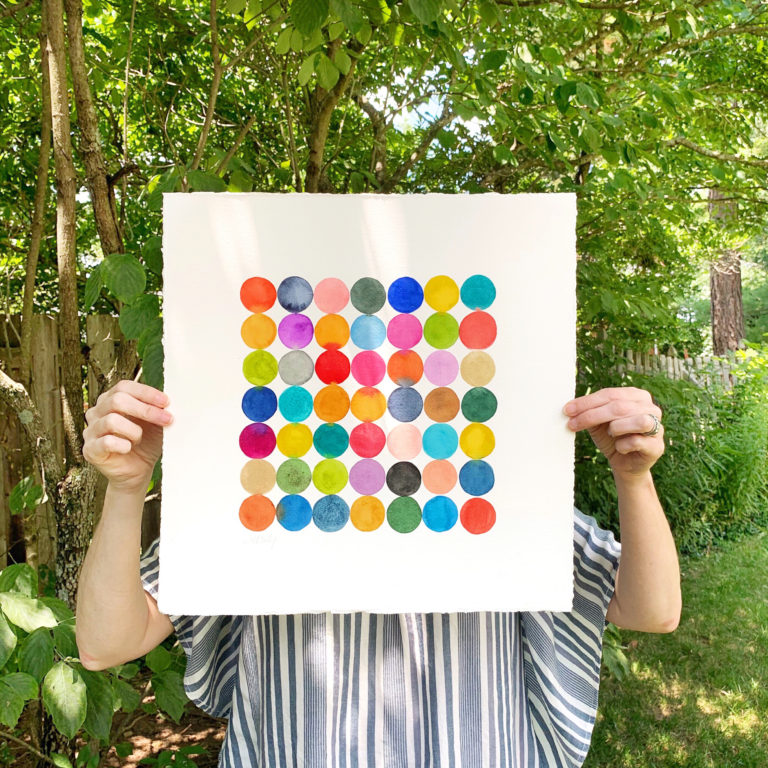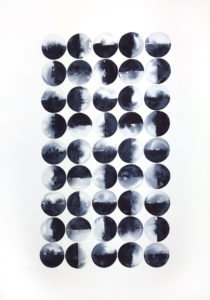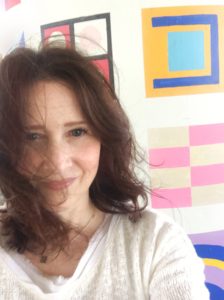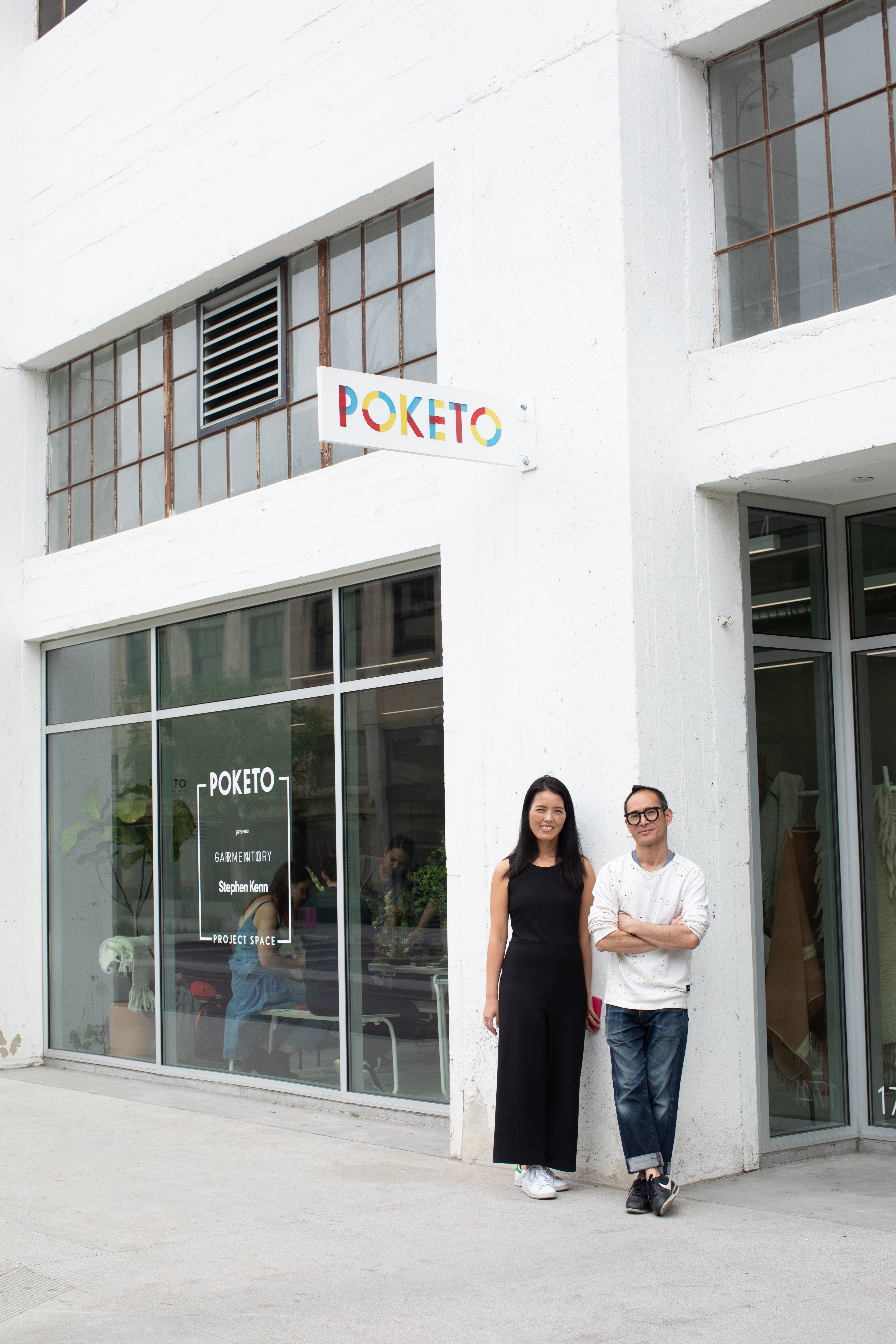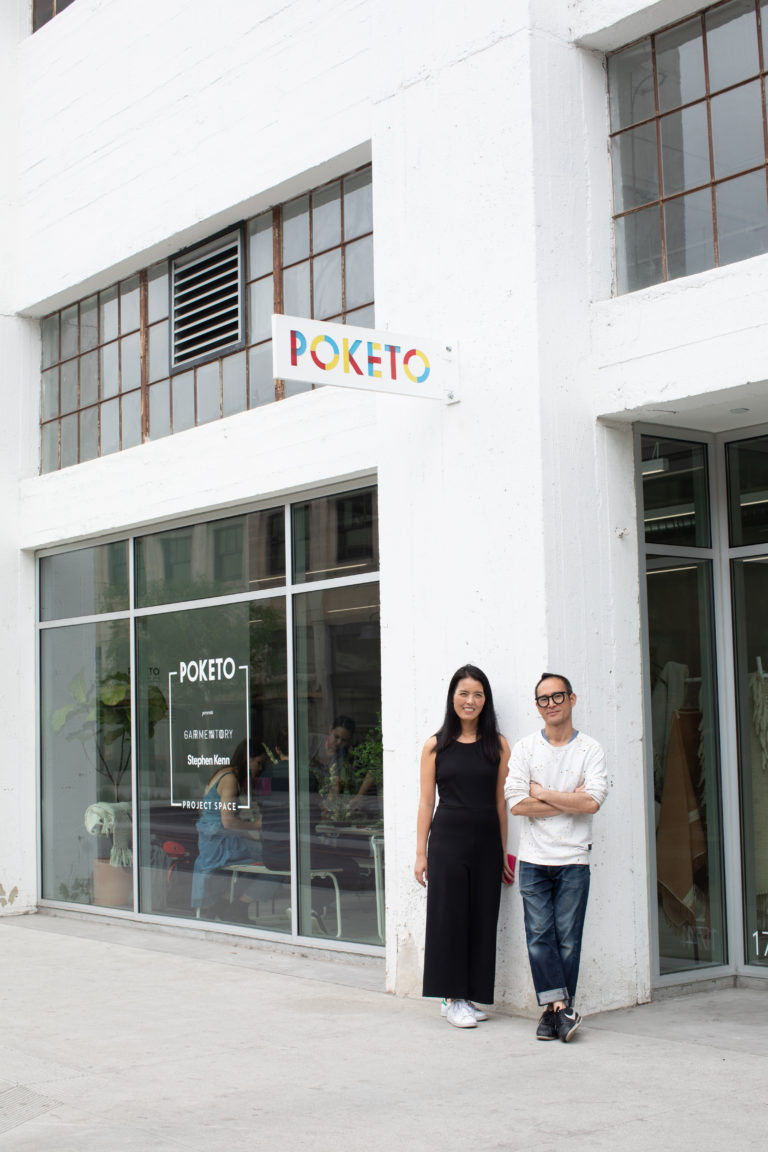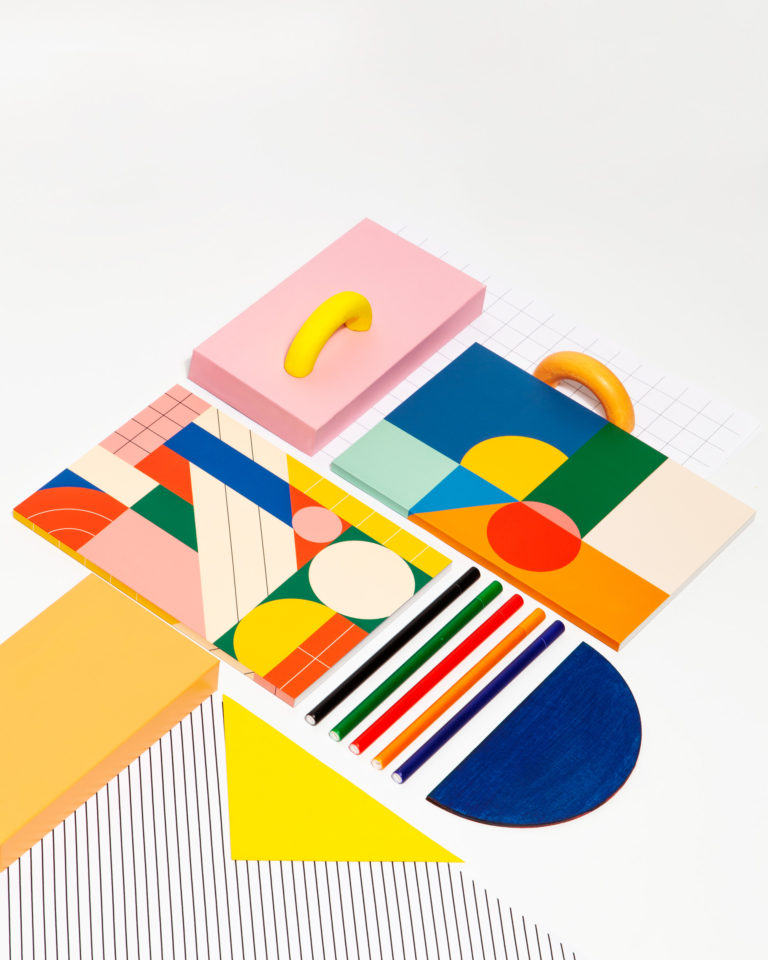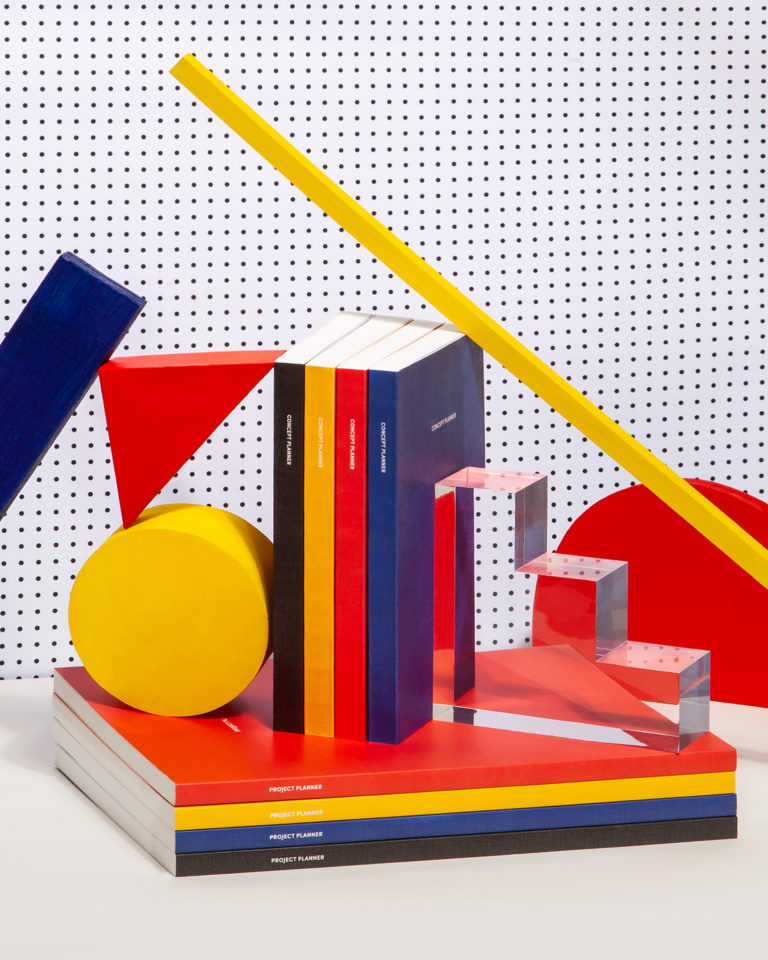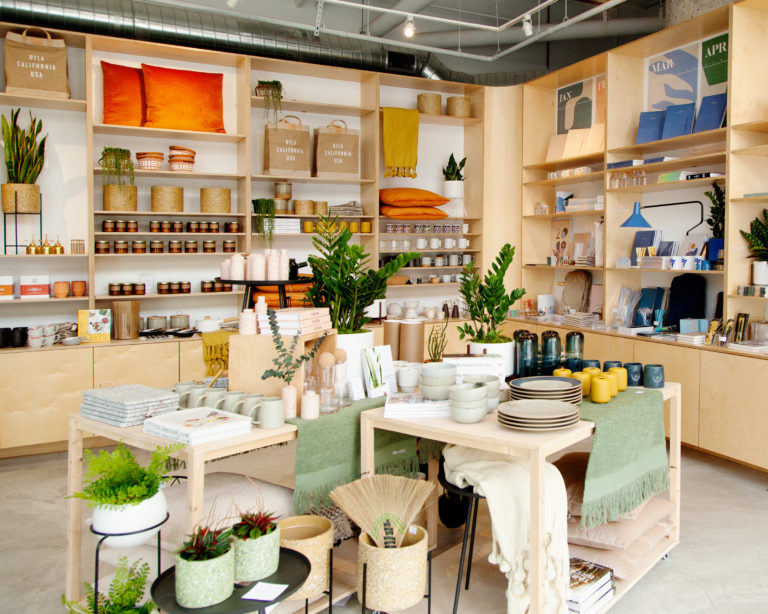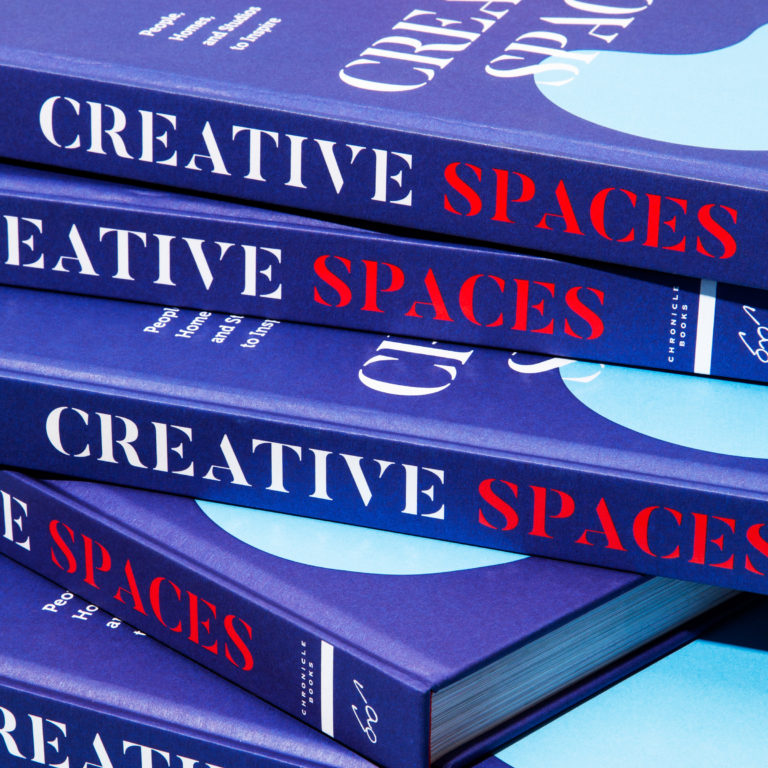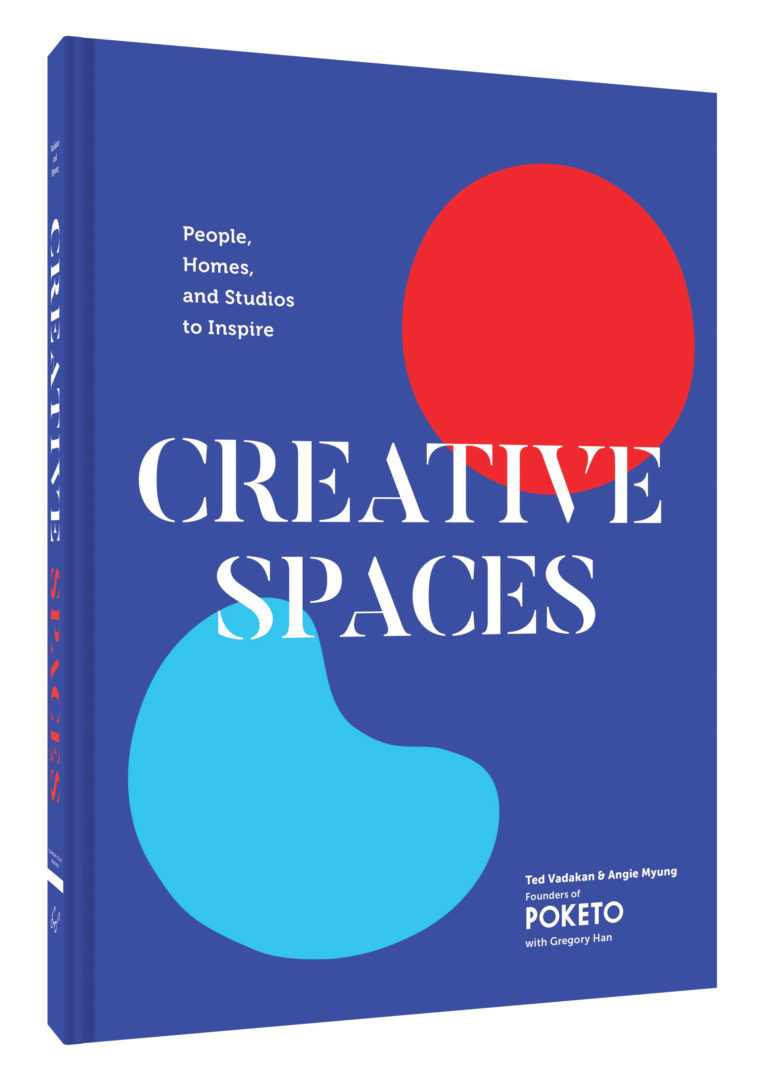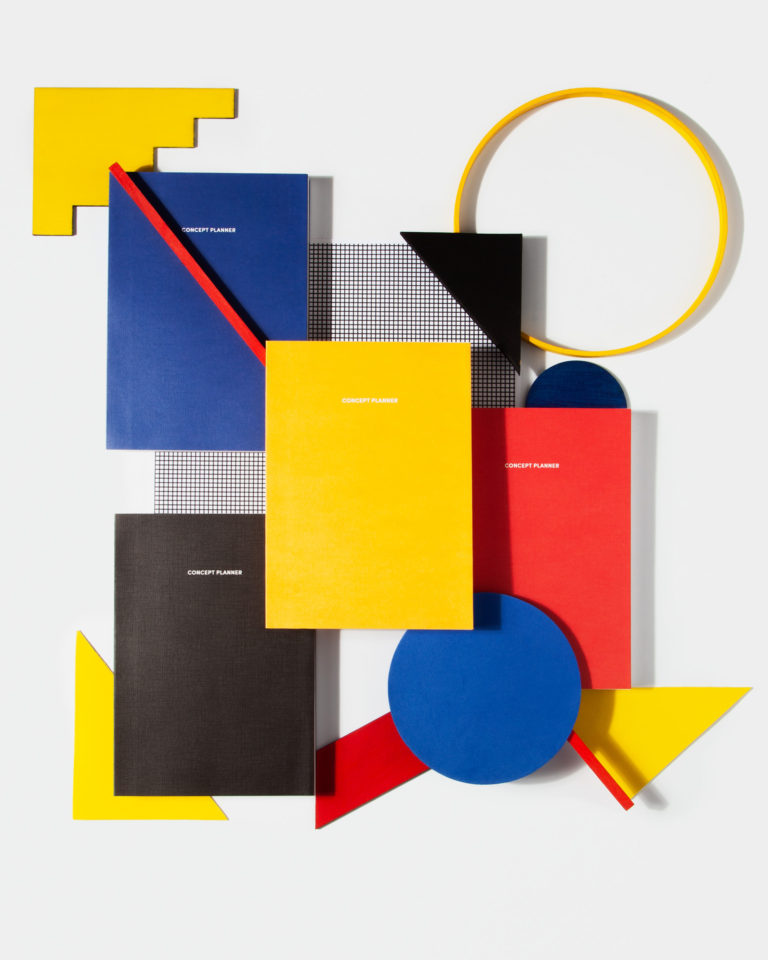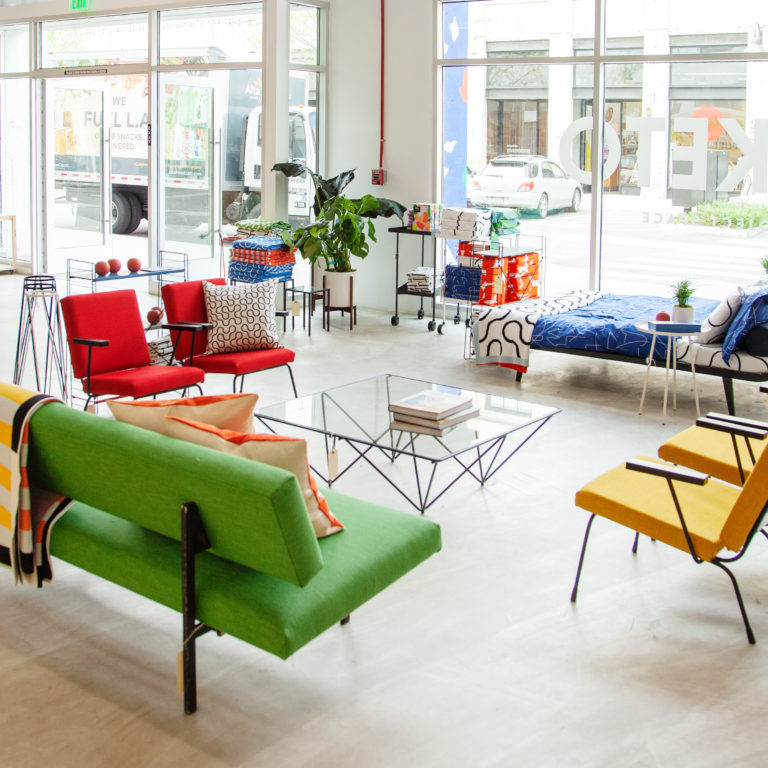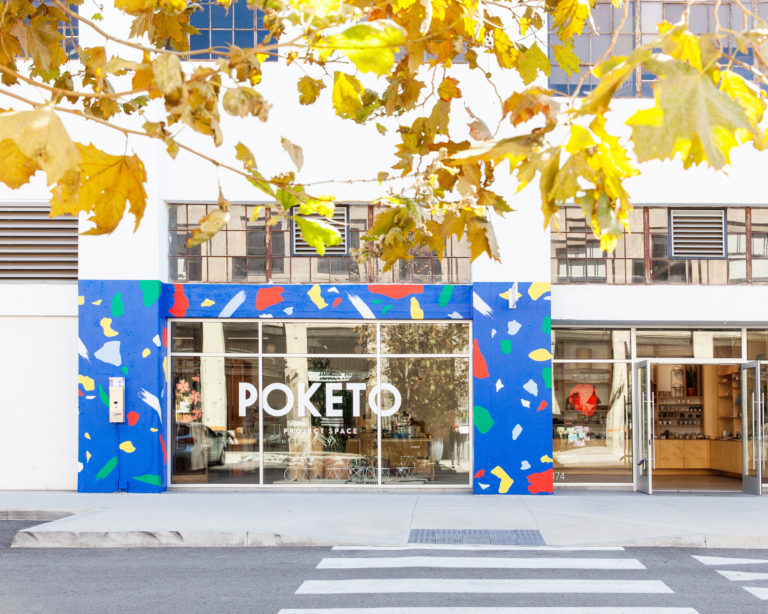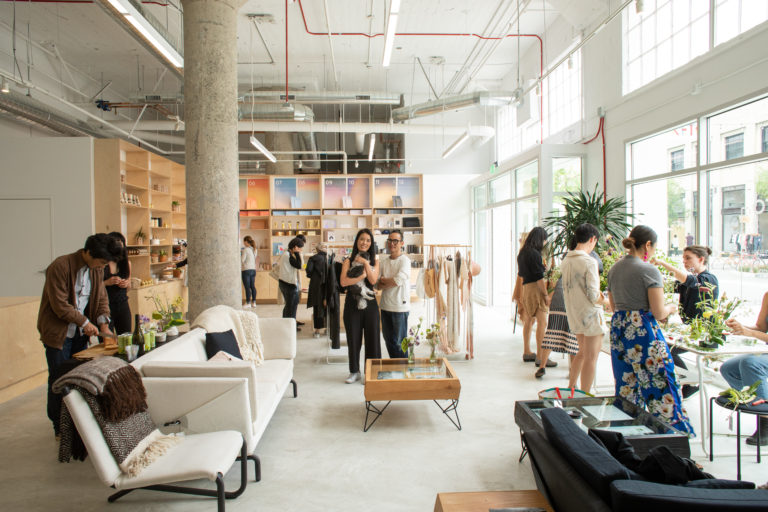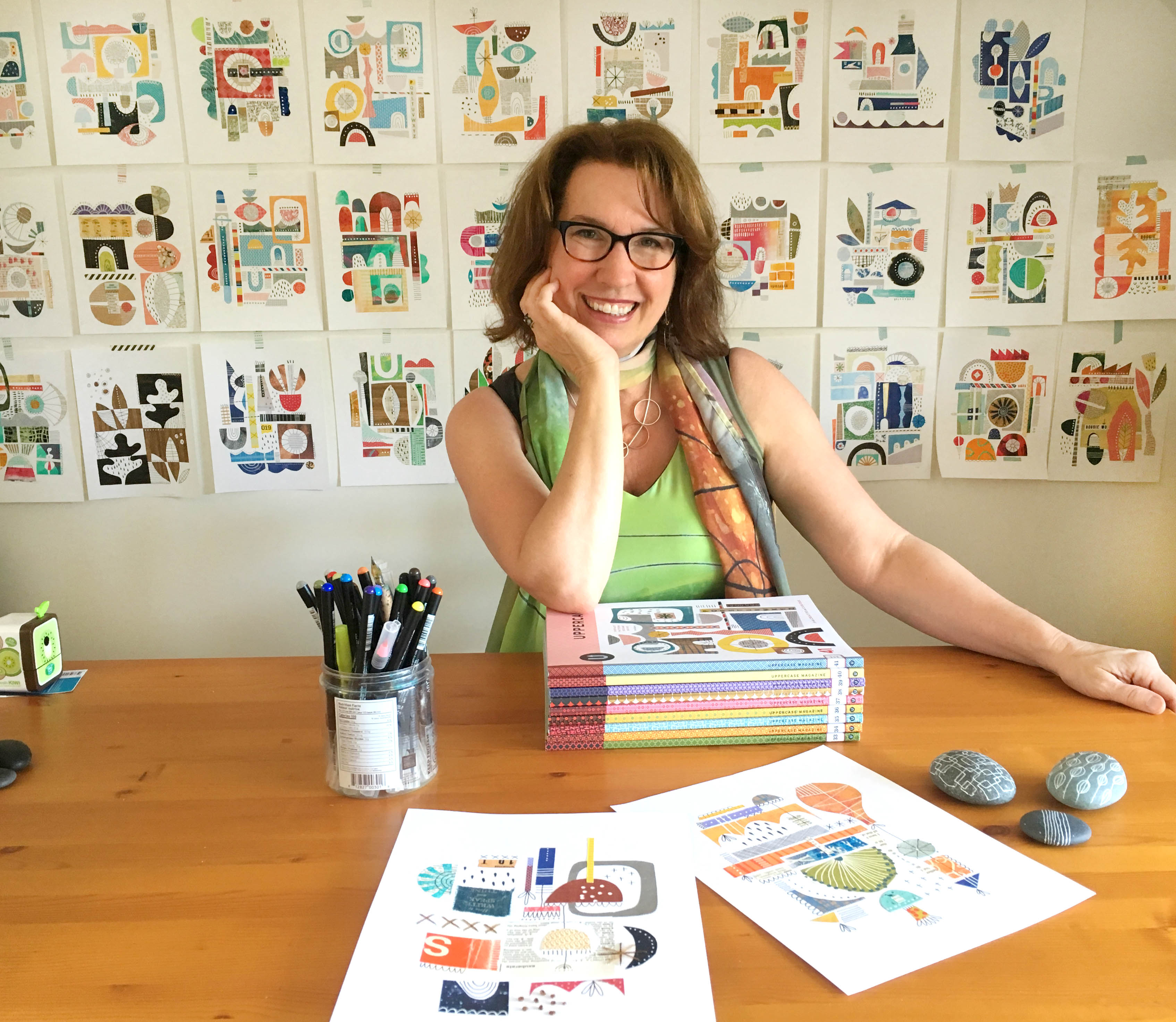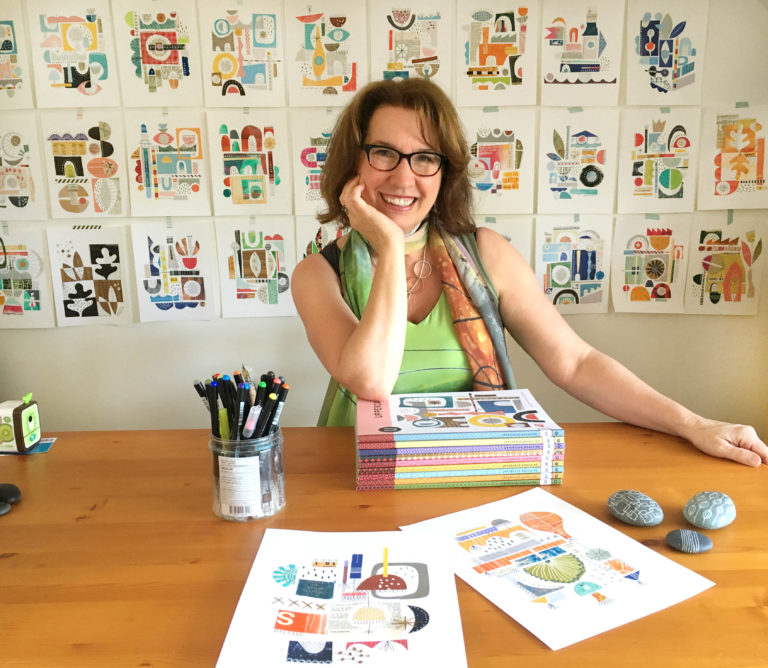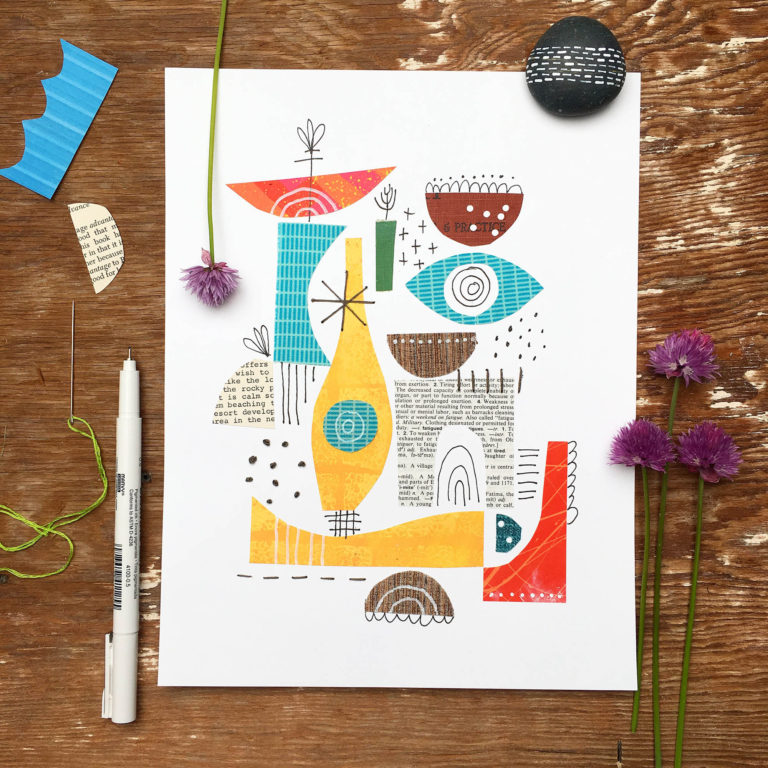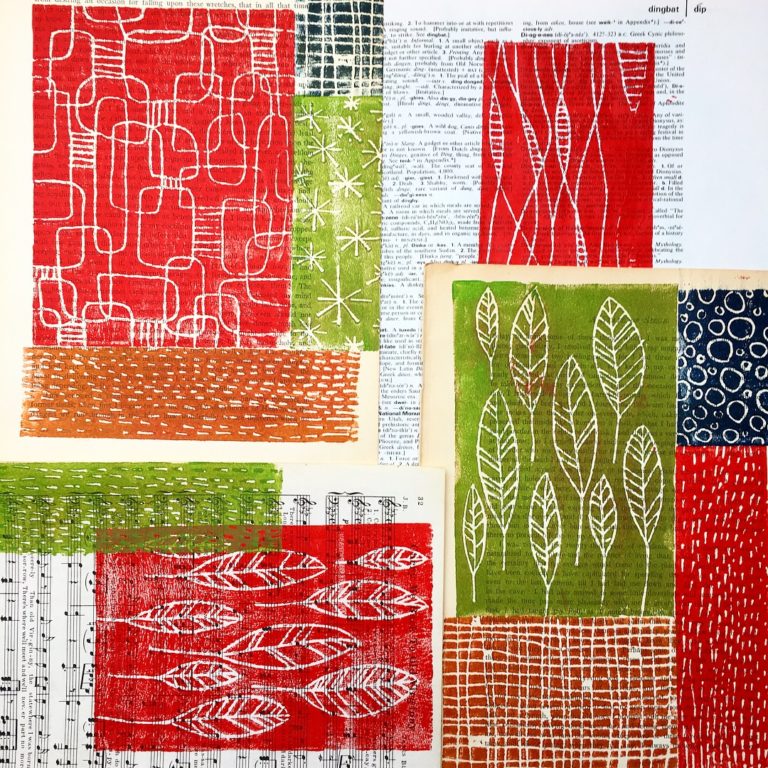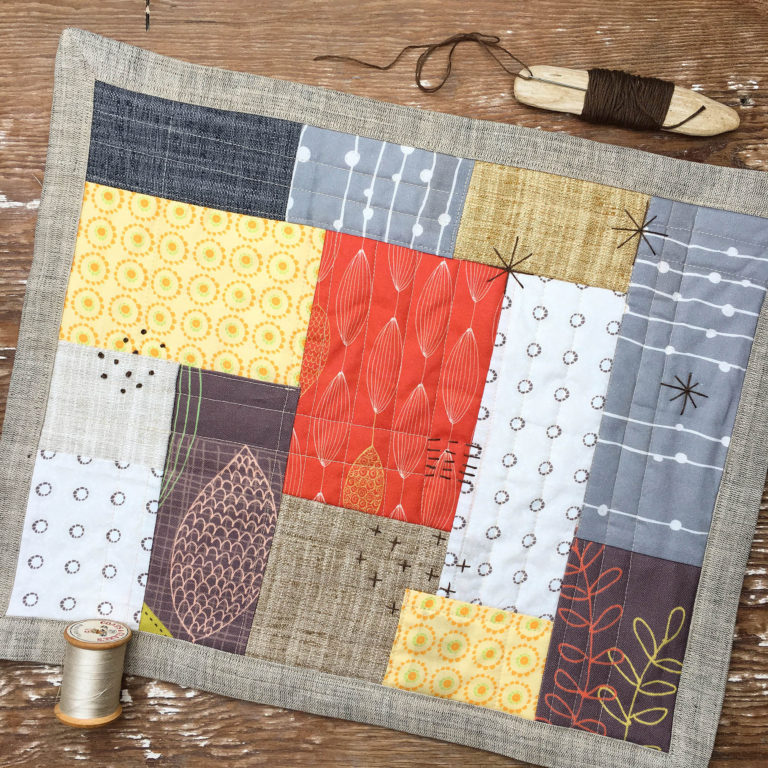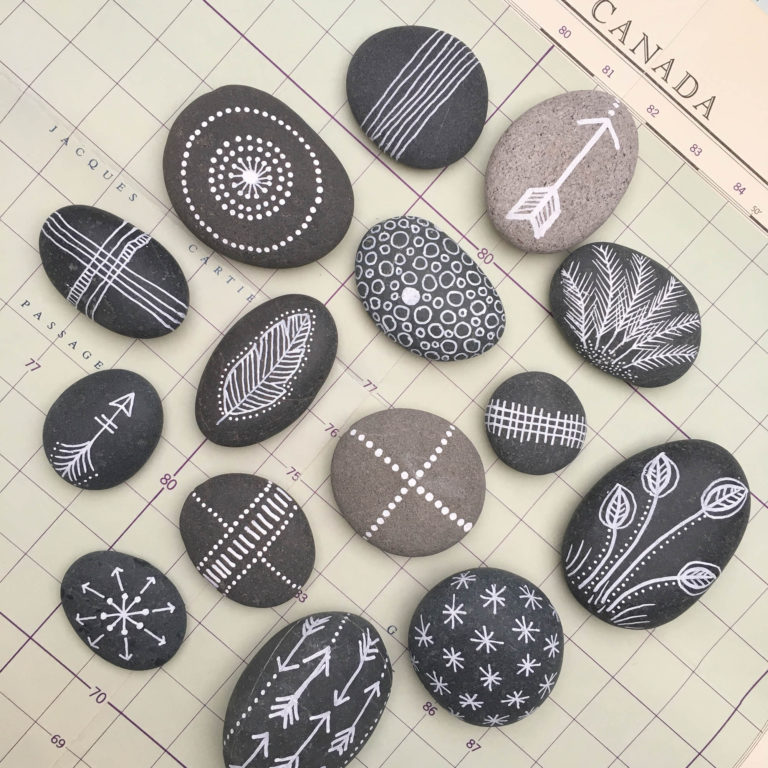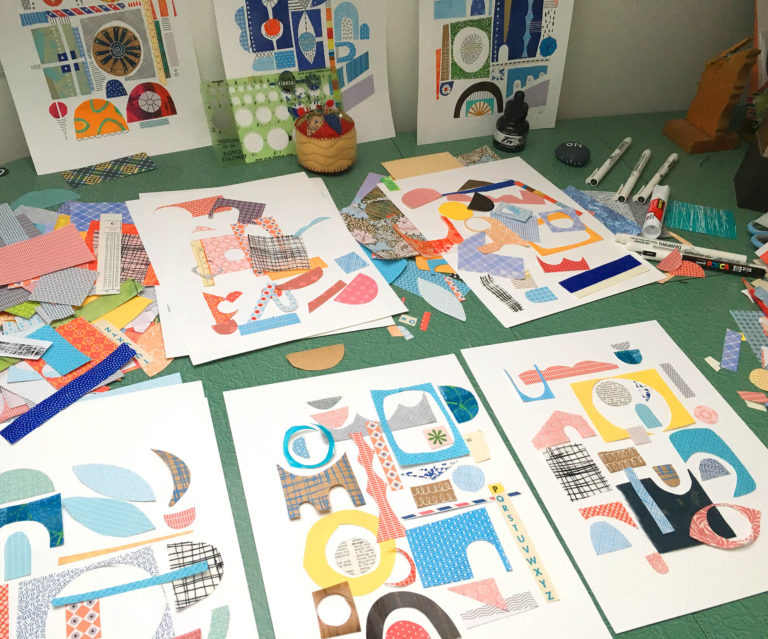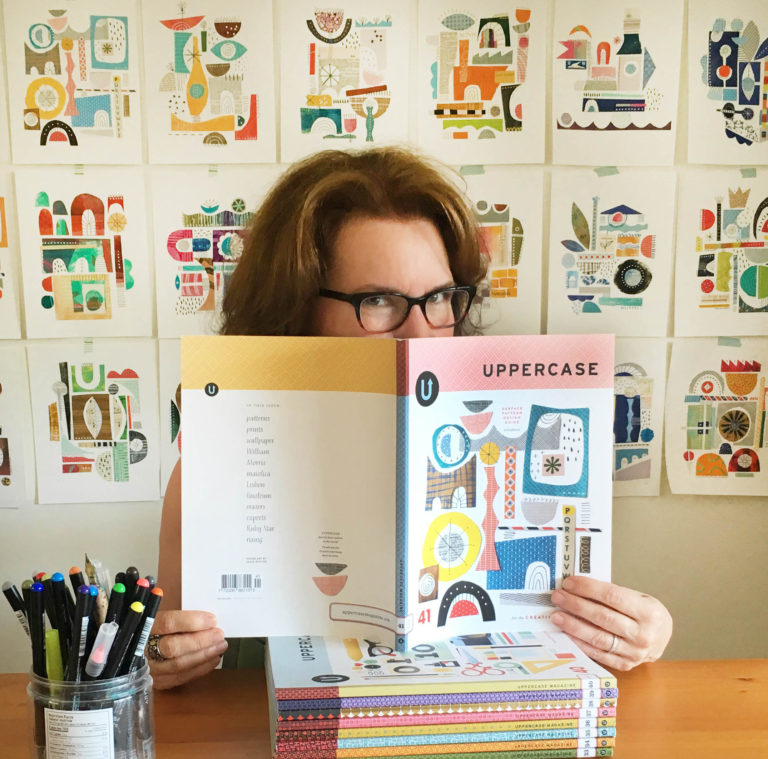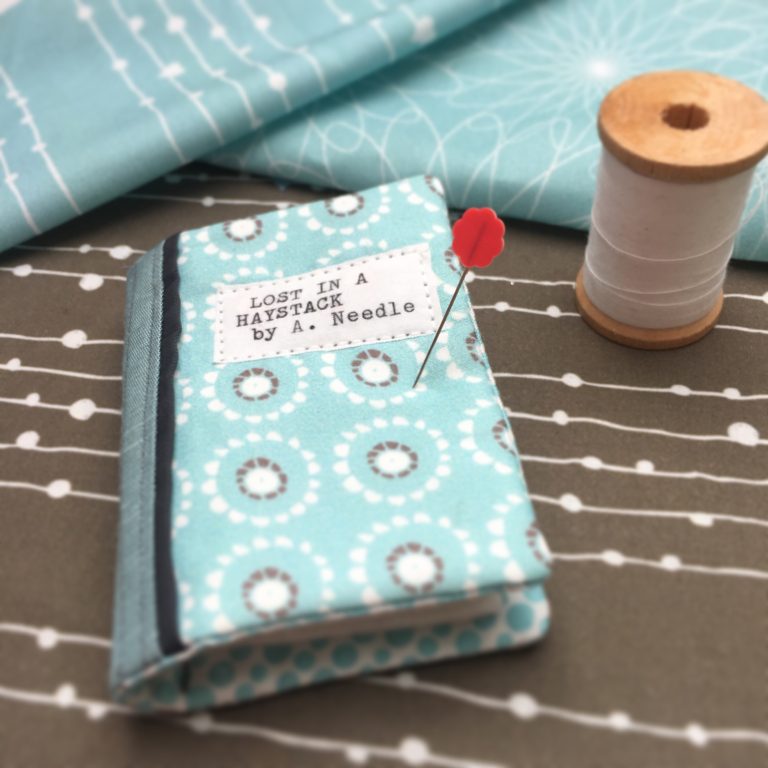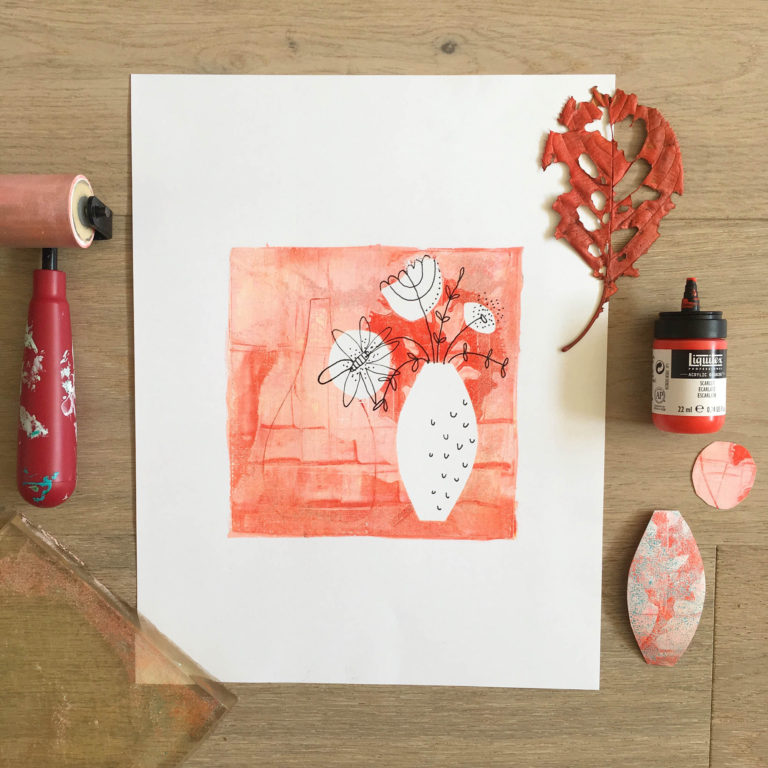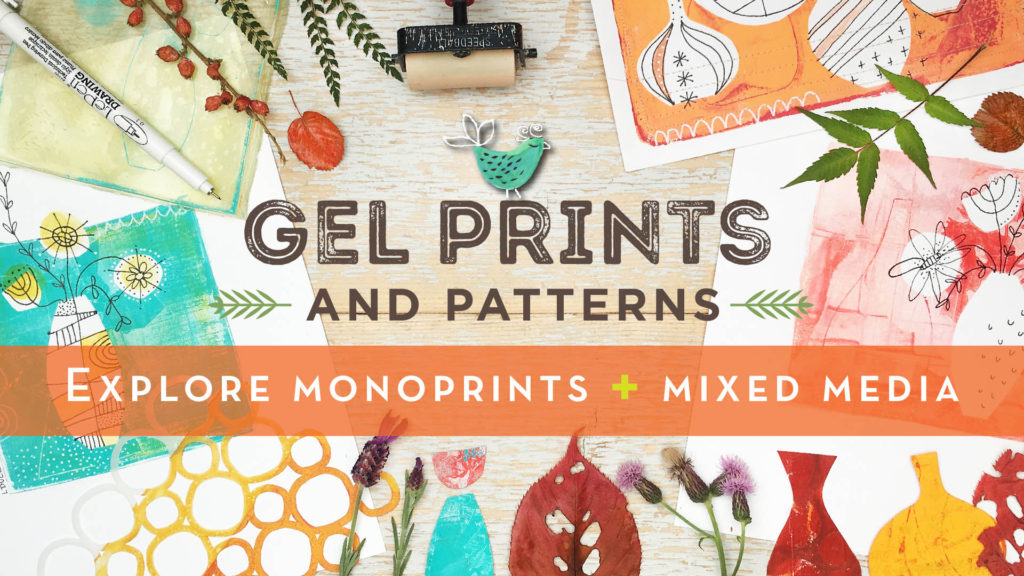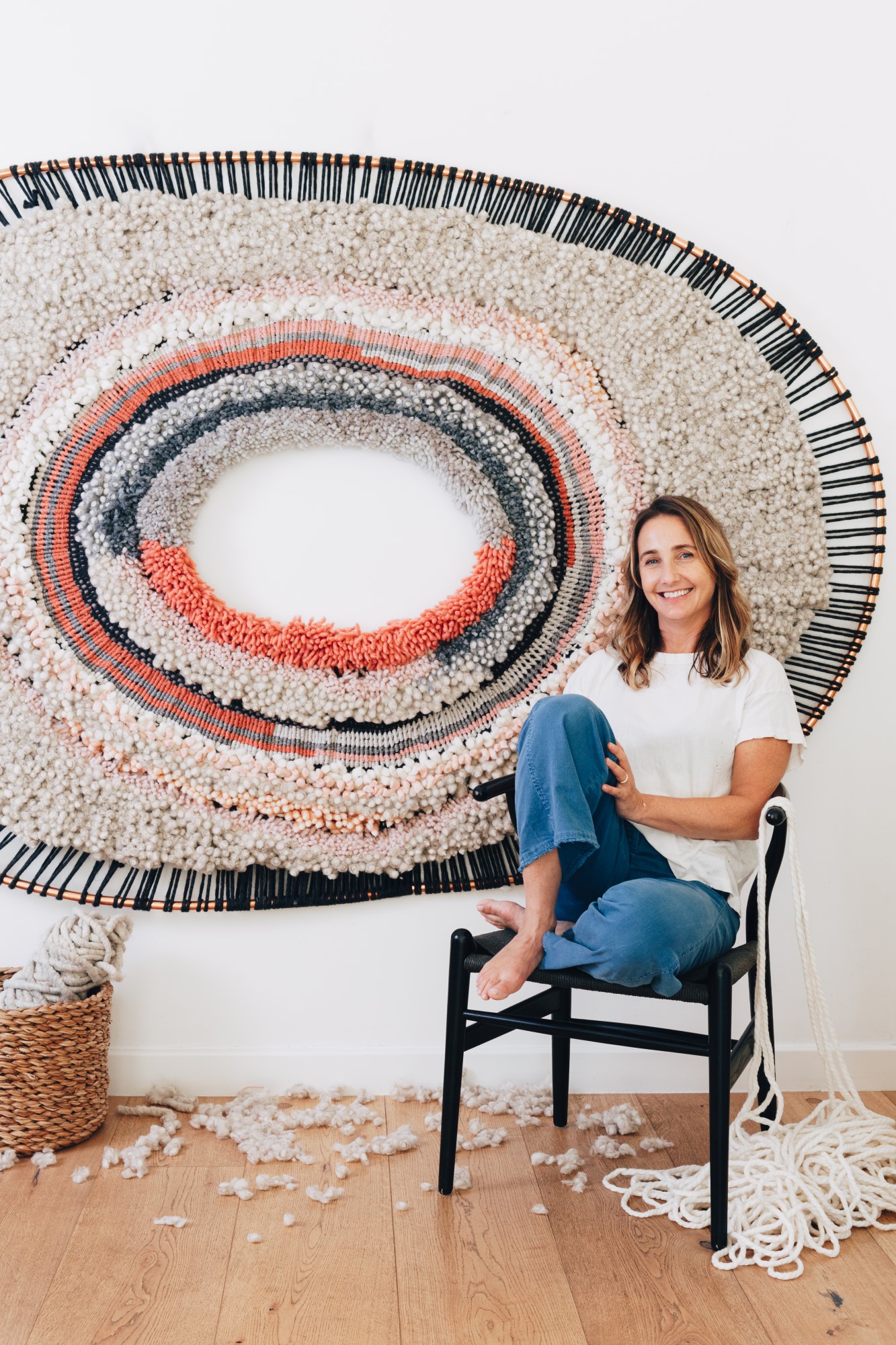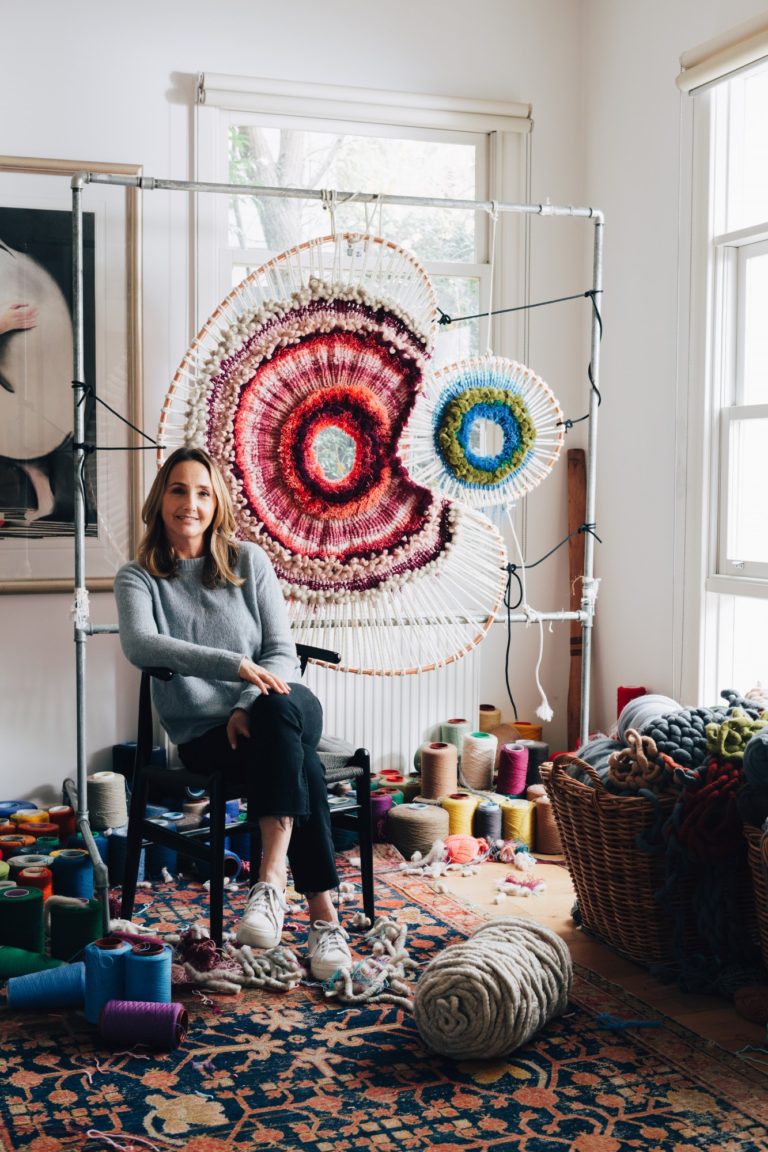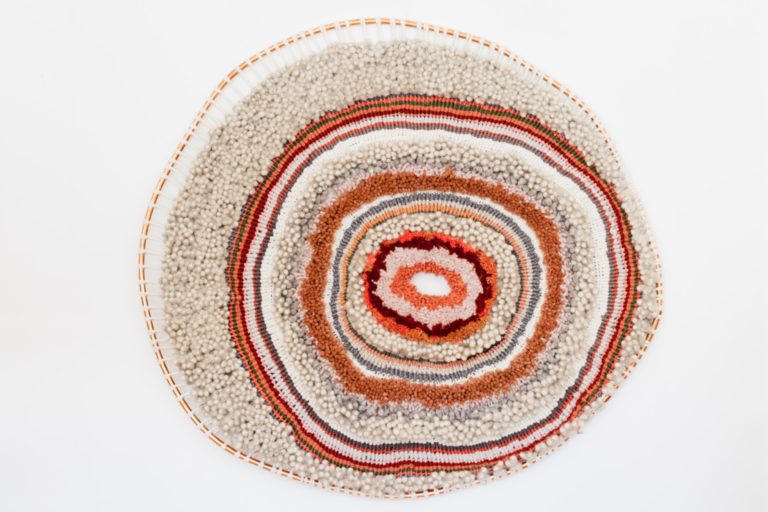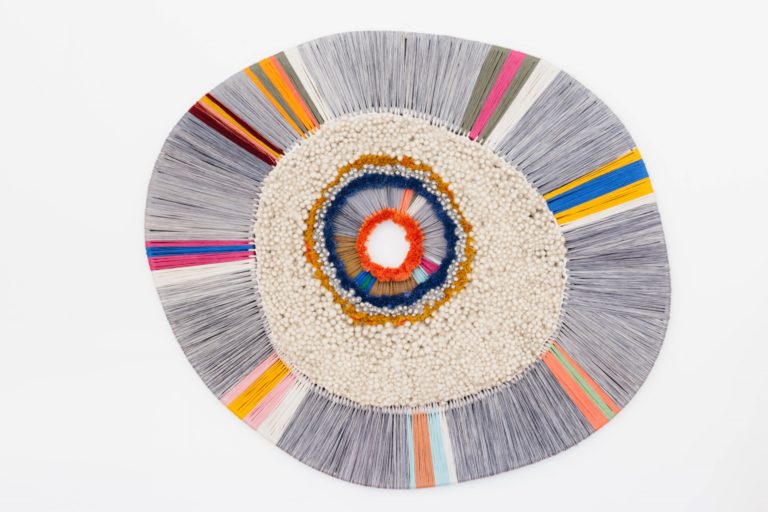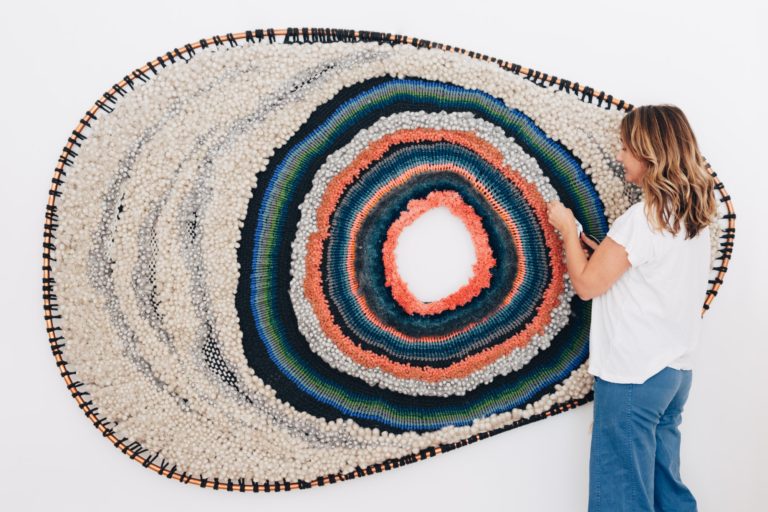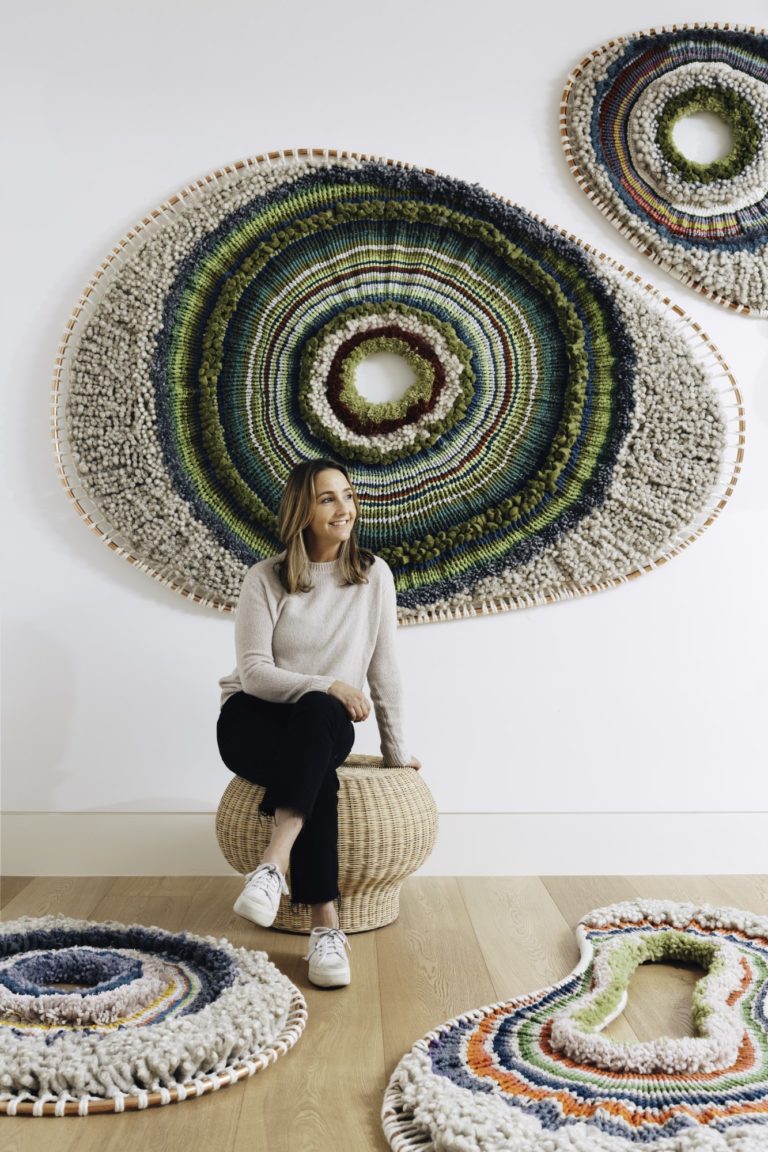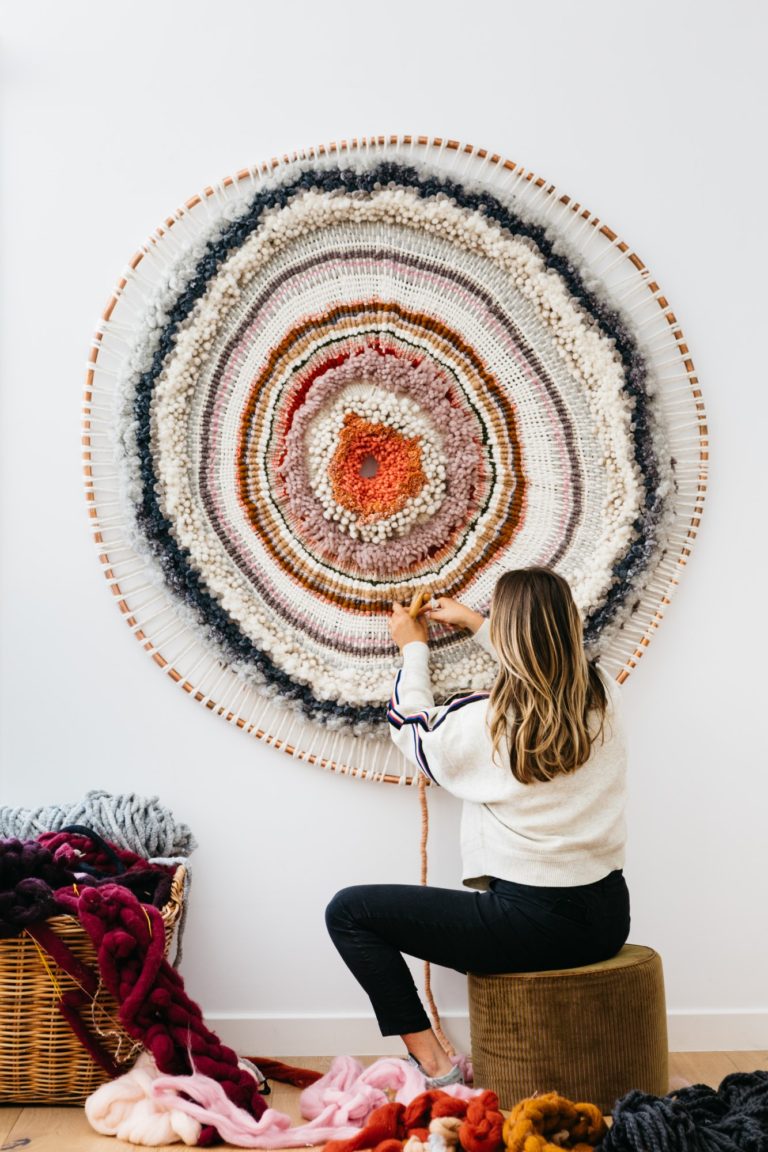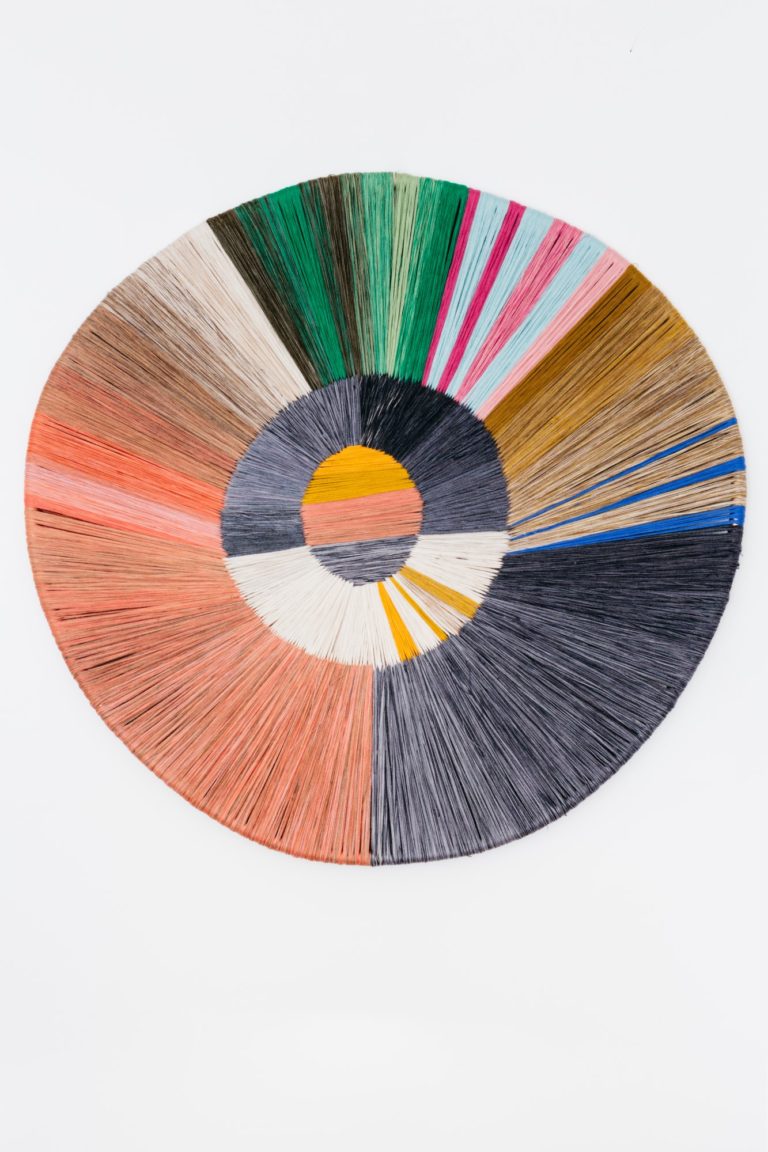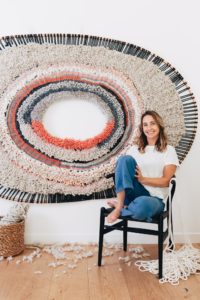#118 Melissa Partridge: Color Me Happy with Painting
Artist Melissa Partridge is from Massachusetts, and she paints in acrylic with a bold color palette in an abstract manner. It’s very different than traditional New England artists, who often paint scenes of the ocean or the Fall leaves. Melissa turned to painting as a healing mechanism during some rough times. She’s now created a thriving art business and teaches her intuitive style of painting to others.
Listen here or use a podcast app, such as Apple Podcasts, Castbox, Spotify, or Stitcher.
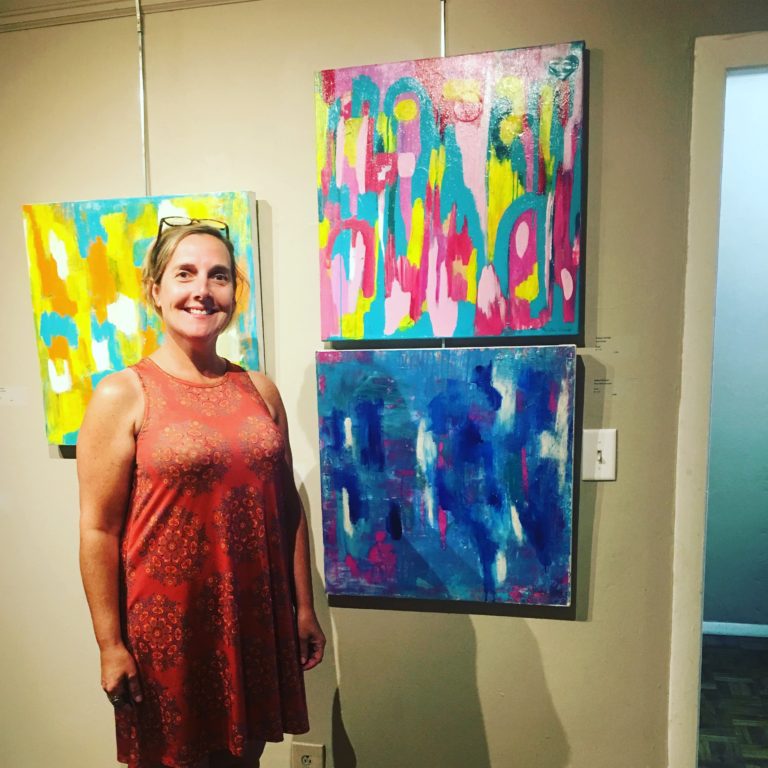
Melissa Partridge
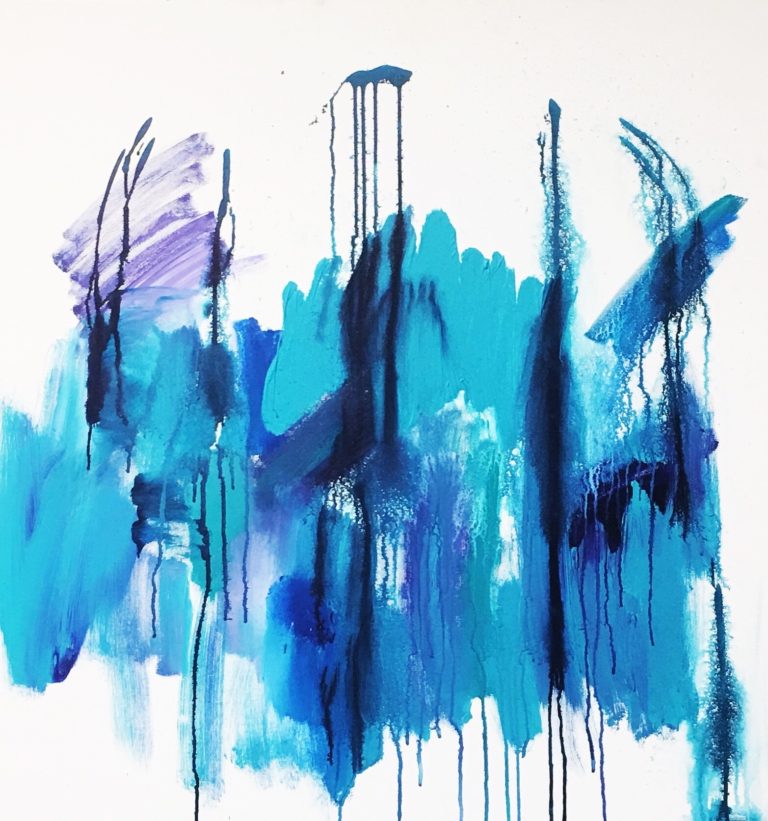
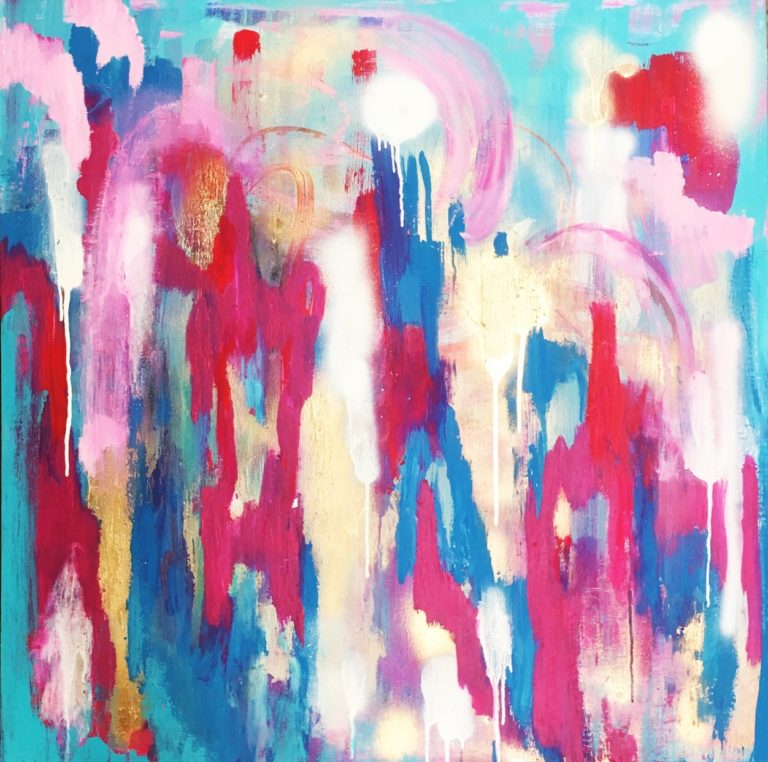
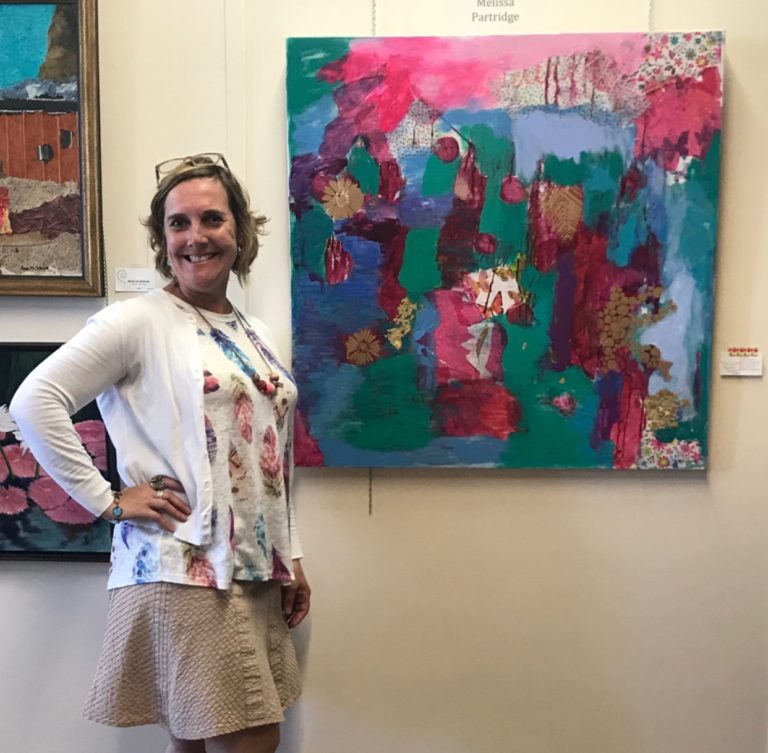
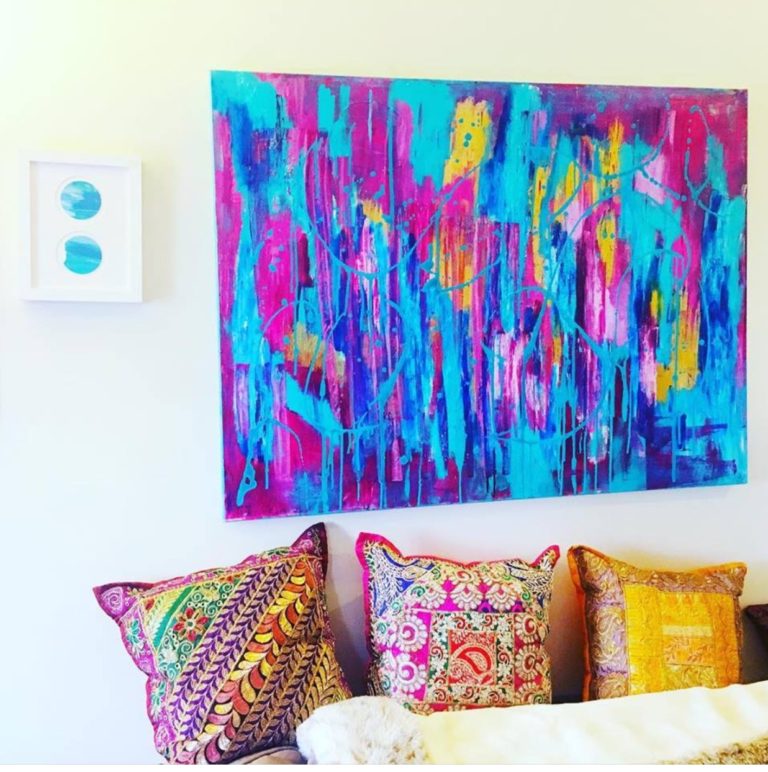
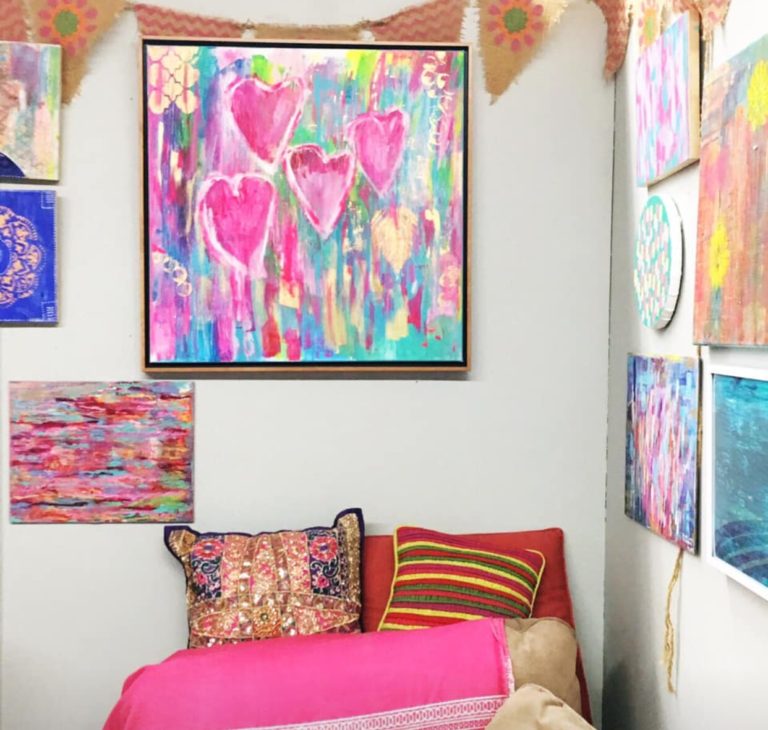
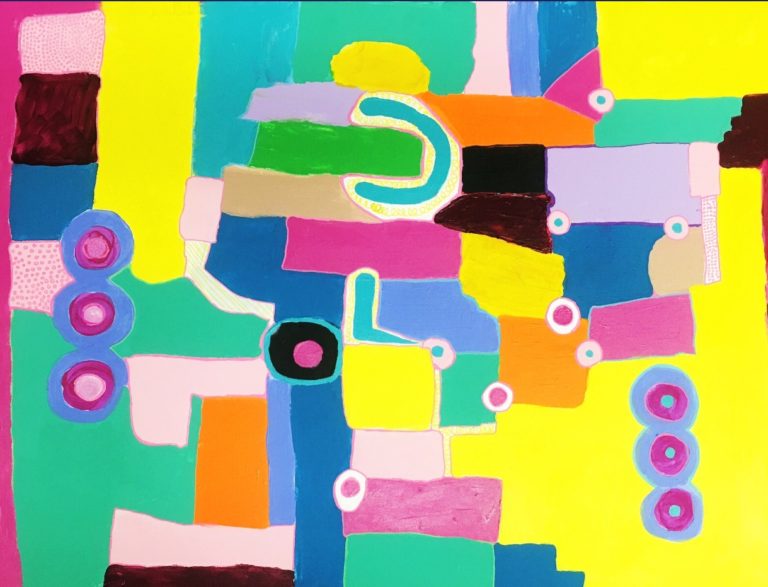
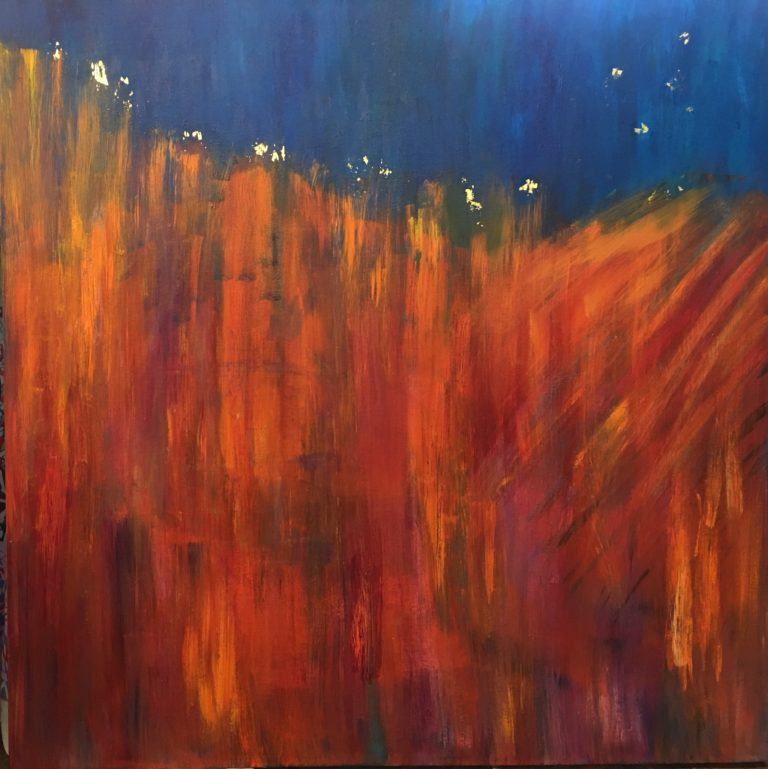
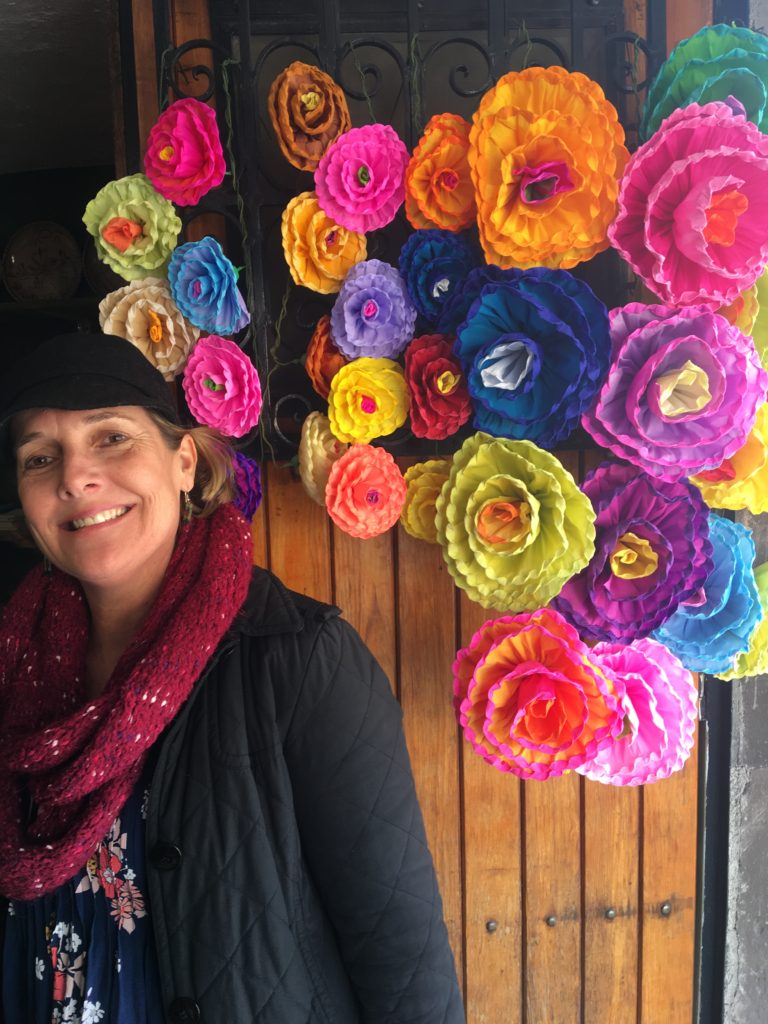
Melissa’s website is colormehappybymelissa.com.
Her Instagram is @melissapartridgeart.
You can also follow her Facebook page to find her events and workshops.
Melissa mentioned a few artists whose classes, both online and in person, really helped her when she was first painting and she needed healing. Click on each of these to go to their websites:
Rebecca Schweiger of NY Art Studio.
Mati Rose, who does Daring Adventures in Paint and Abstract Bliss.
Alena Hennessy who teaches an intuitive art technique.
Here are some great takeaways from our conversation:
- Melissa worked for many years in the creative field of fashion merchandising. She didn’t turn to painting until after her father had passed away, and she used it as a healing mechanism for herself. I’ve heard many artists say that turning to creative pursuits have helped them through grief and other trying times.
- Painting enabled her to release the stress that she was having during this time and to start to bring beauty back into her life.
- If you are unable to find art classes near your home, search out online classes that you can take. Melissa was still able to receive the healing from the classes she took online. And by the way, I’ll list some of those that Melissa mentioned in the Show Notes for this episode, which you can find on my website.
- When painting abstracts, Melissa uses a lot of different things as tools to dig into the many layers. You can get these tools for free, like silverware, utensils, and old gift cards.
- Melissa does a form of intuitive painting, meaning she doesn’t have a plan ahead of time. She just keeps painting, adding many layers until it becomes something that satisfies her.
- After you’ve made a few paintings, you will get the feel for when your painting is complete.
- Melissa also offers her classes through AirBnB Experiences, and she gets international students.
- Melissa advises her students to just play when they create: use different size brushes; paint with your non-dominant hand. Just play and experiment.
- Consider creating Facebook event pages for the classes that you offer. That’s a great way to let your Facebook followers know what you’re doing.
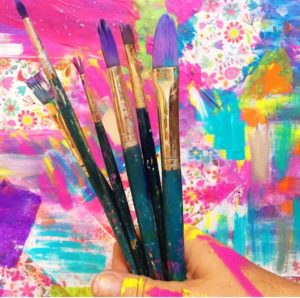
- Post category:Season 2/Show Notes
